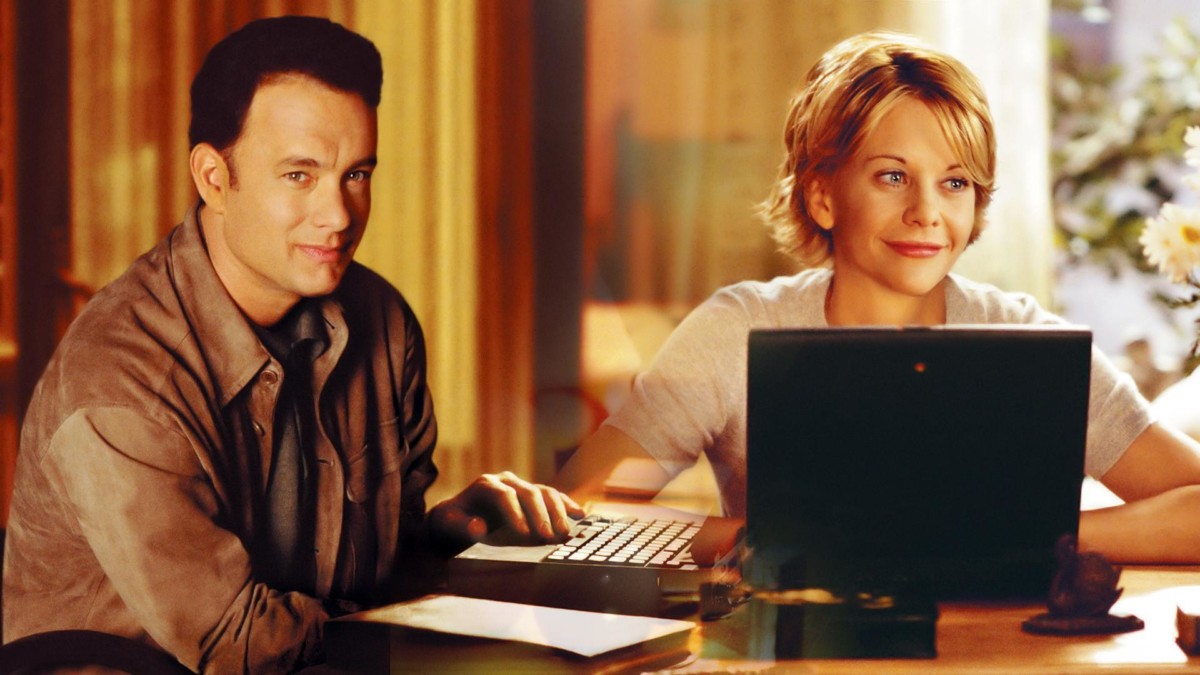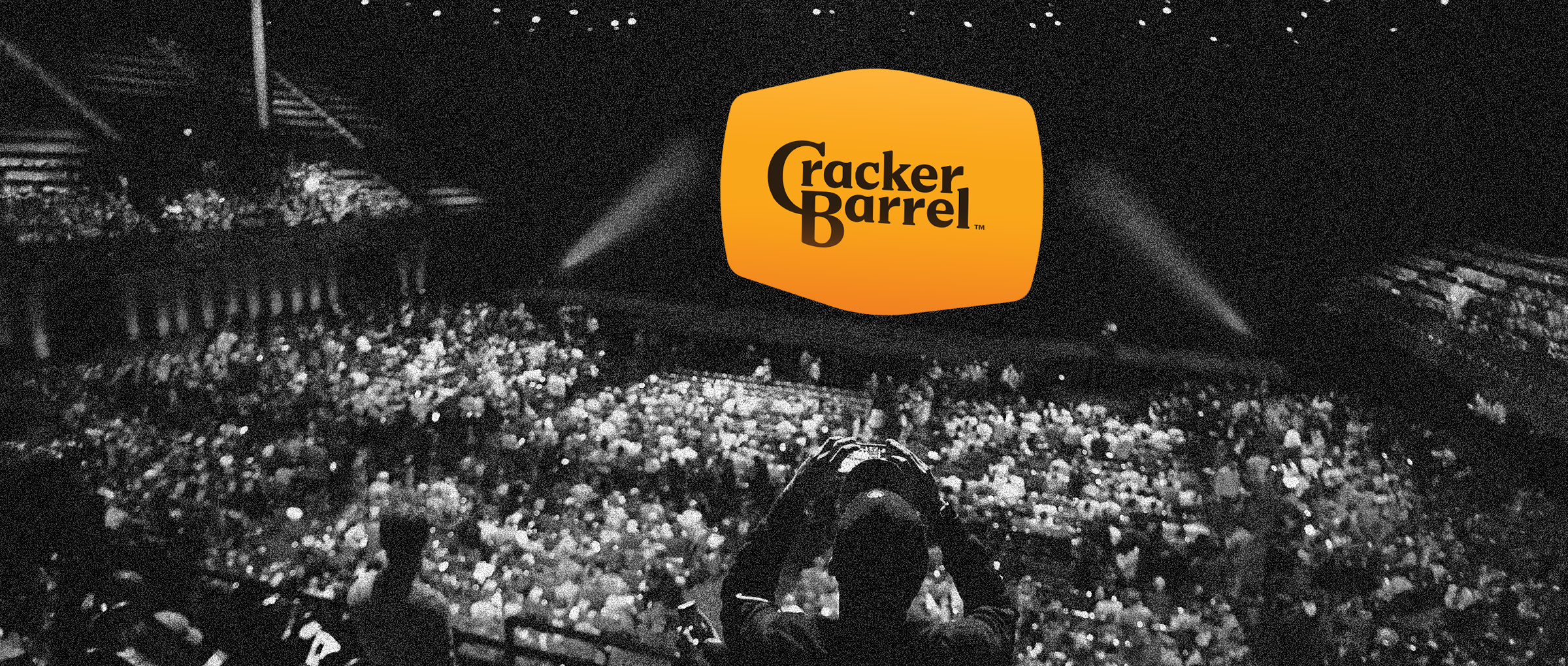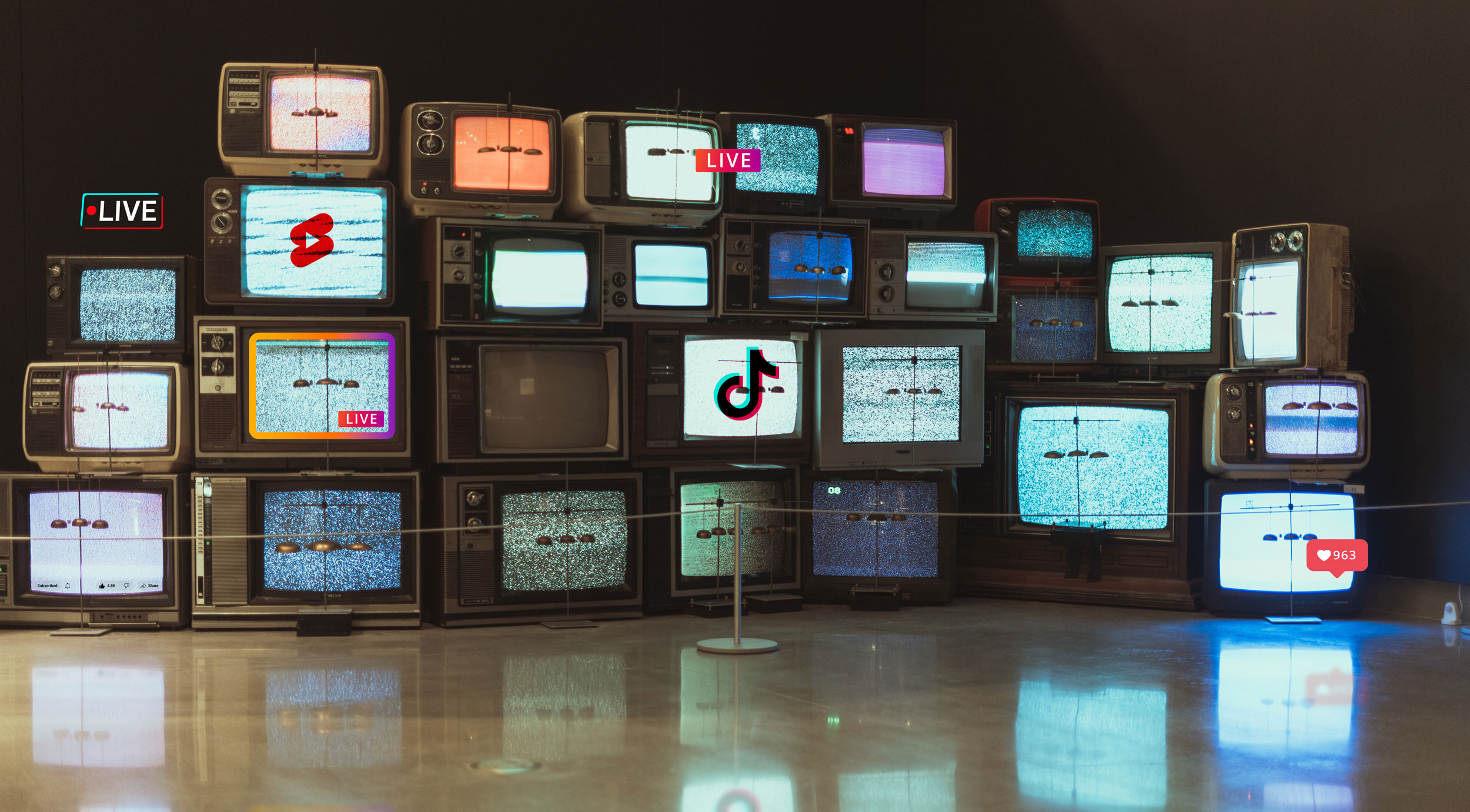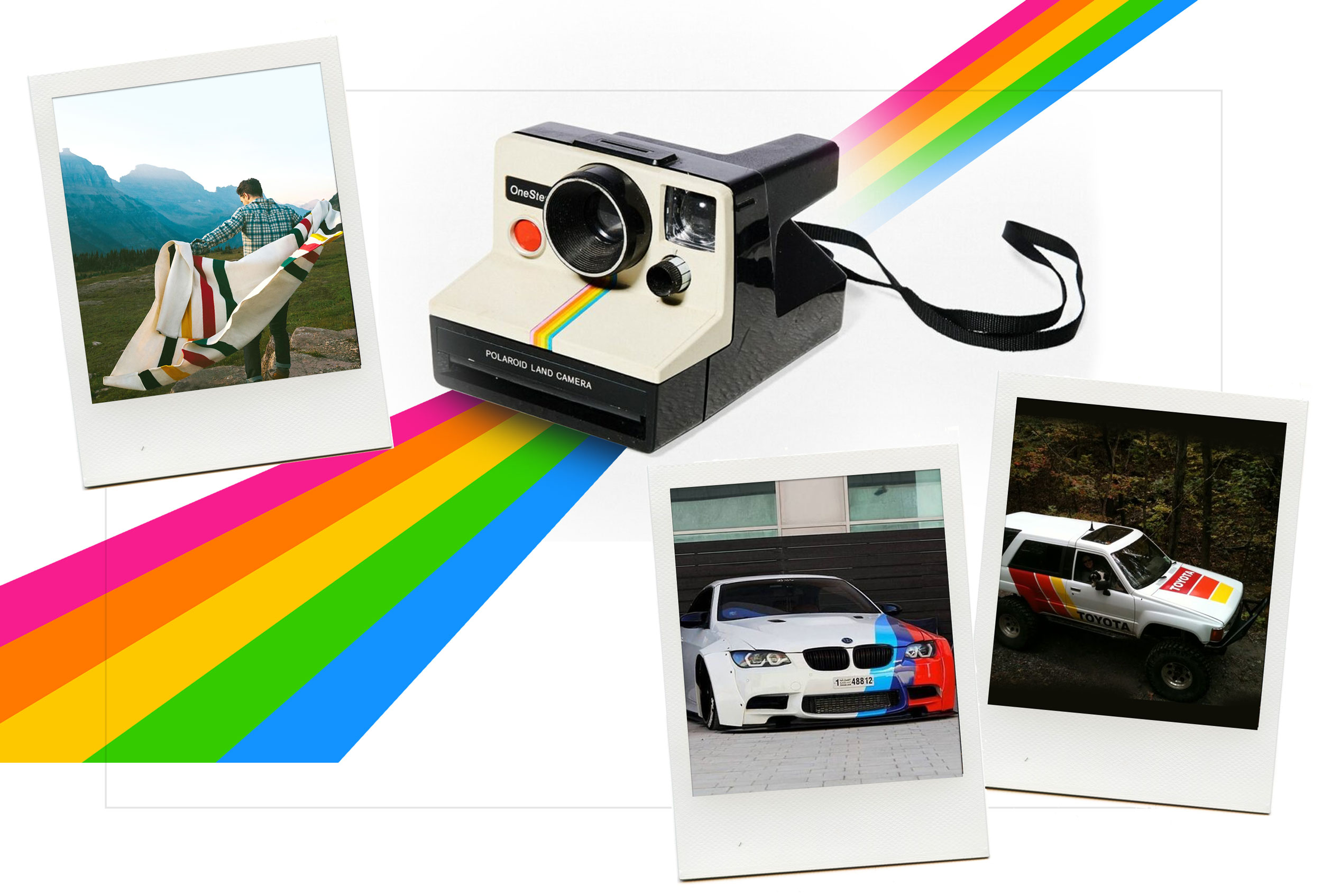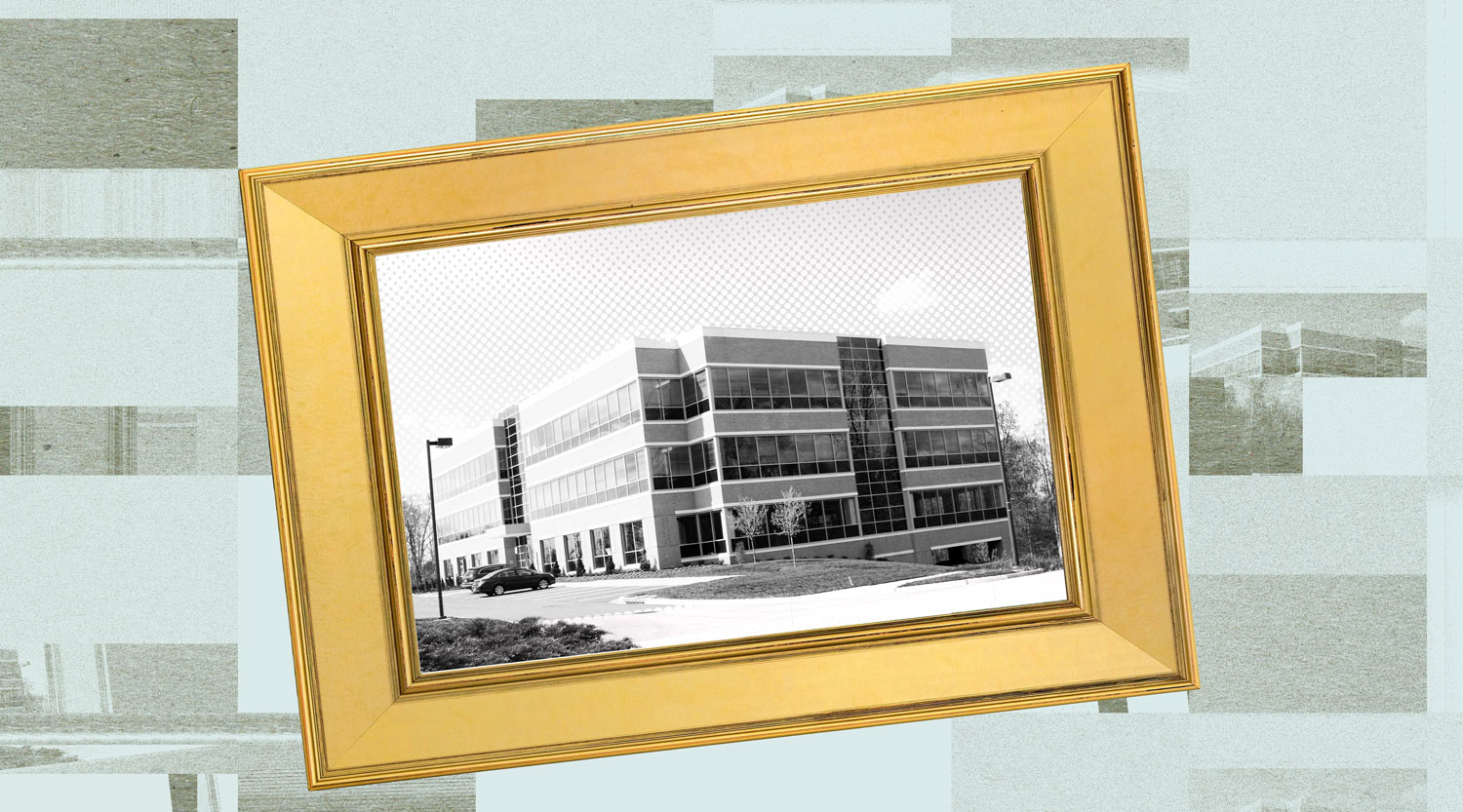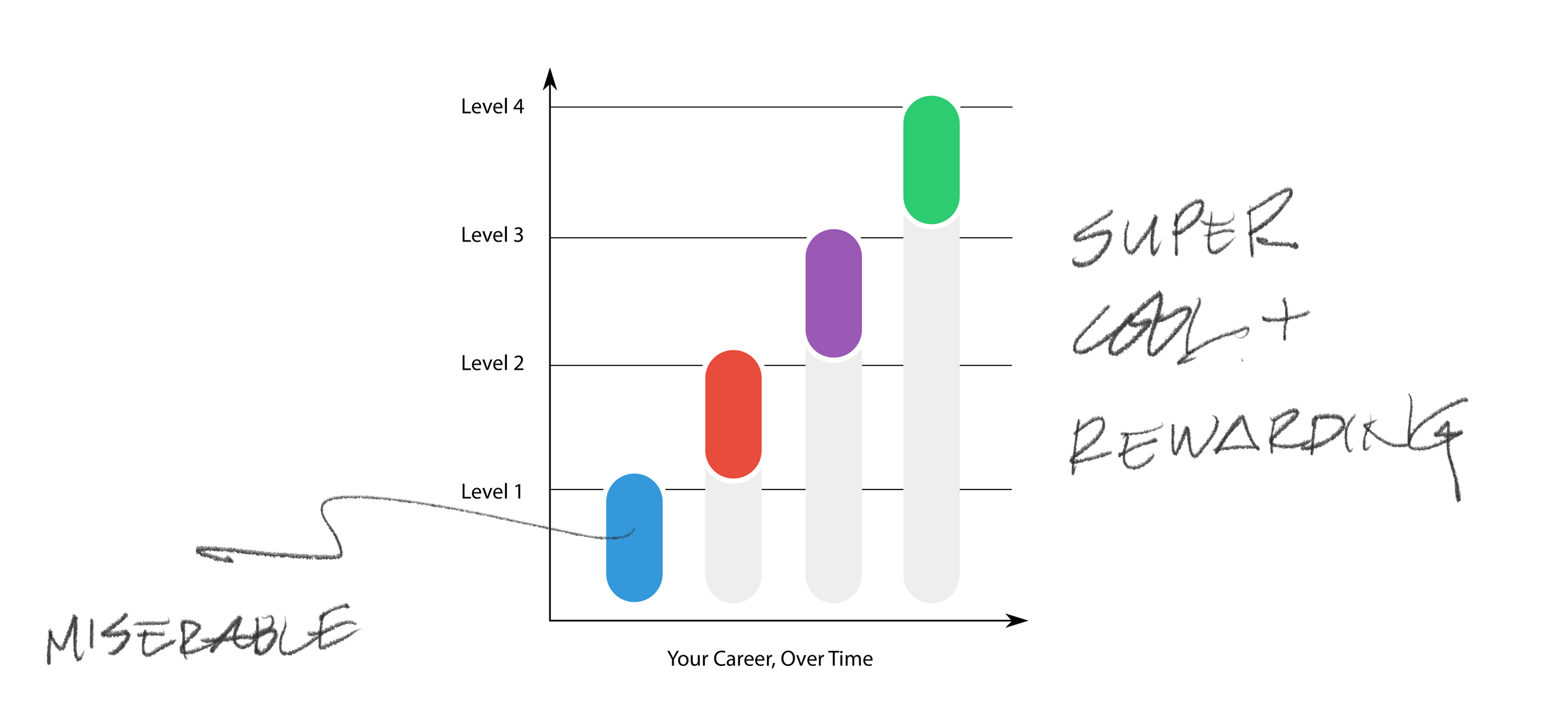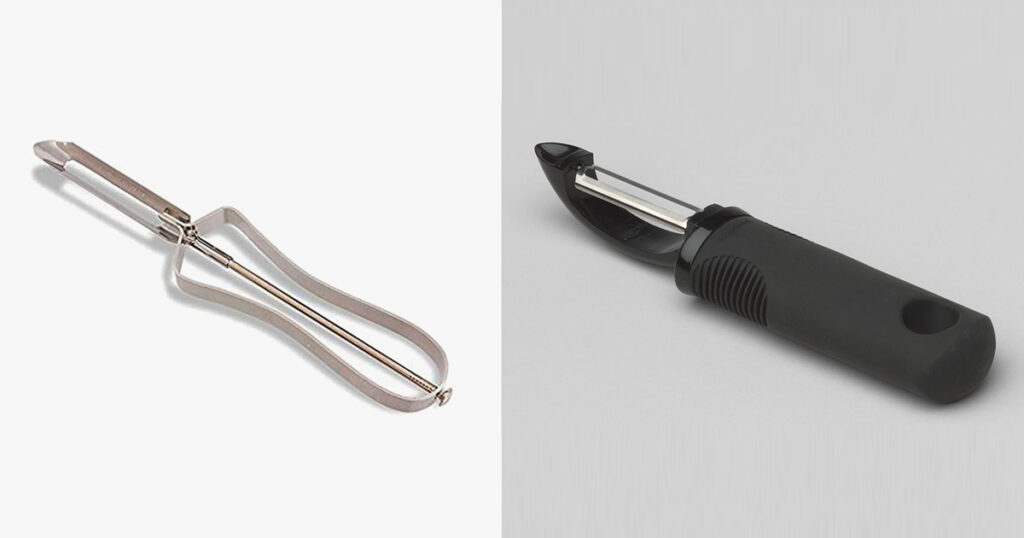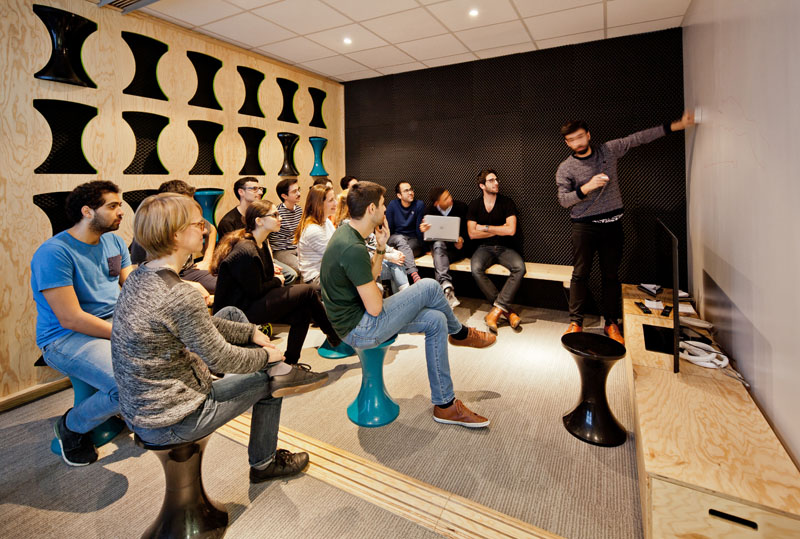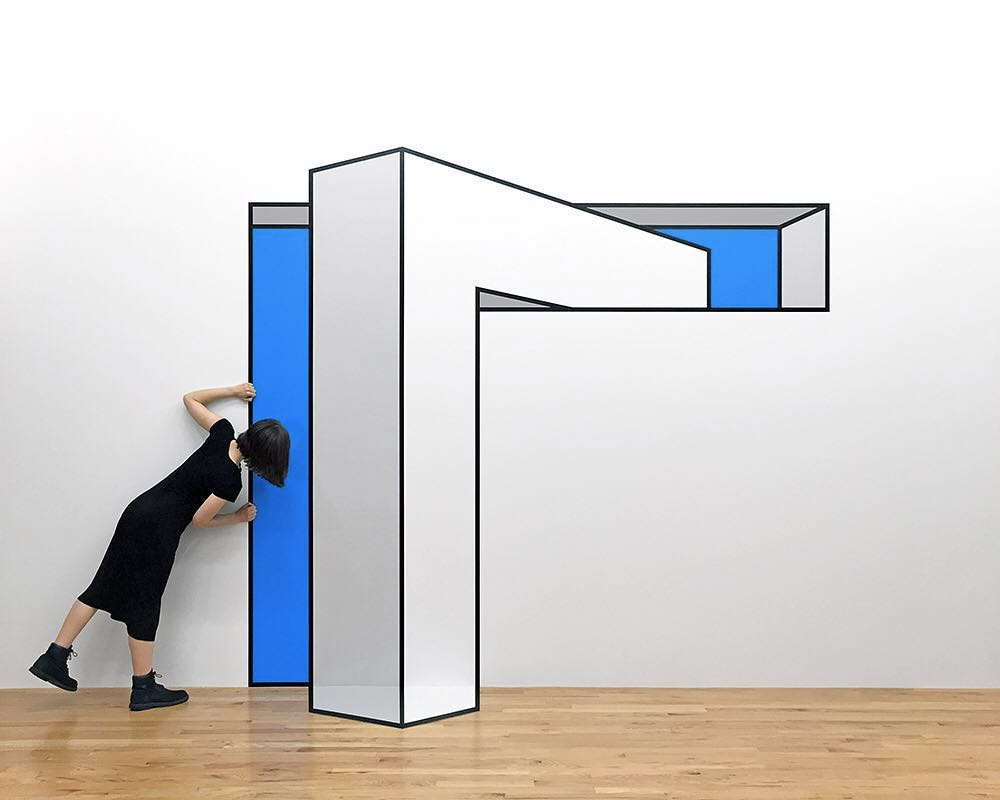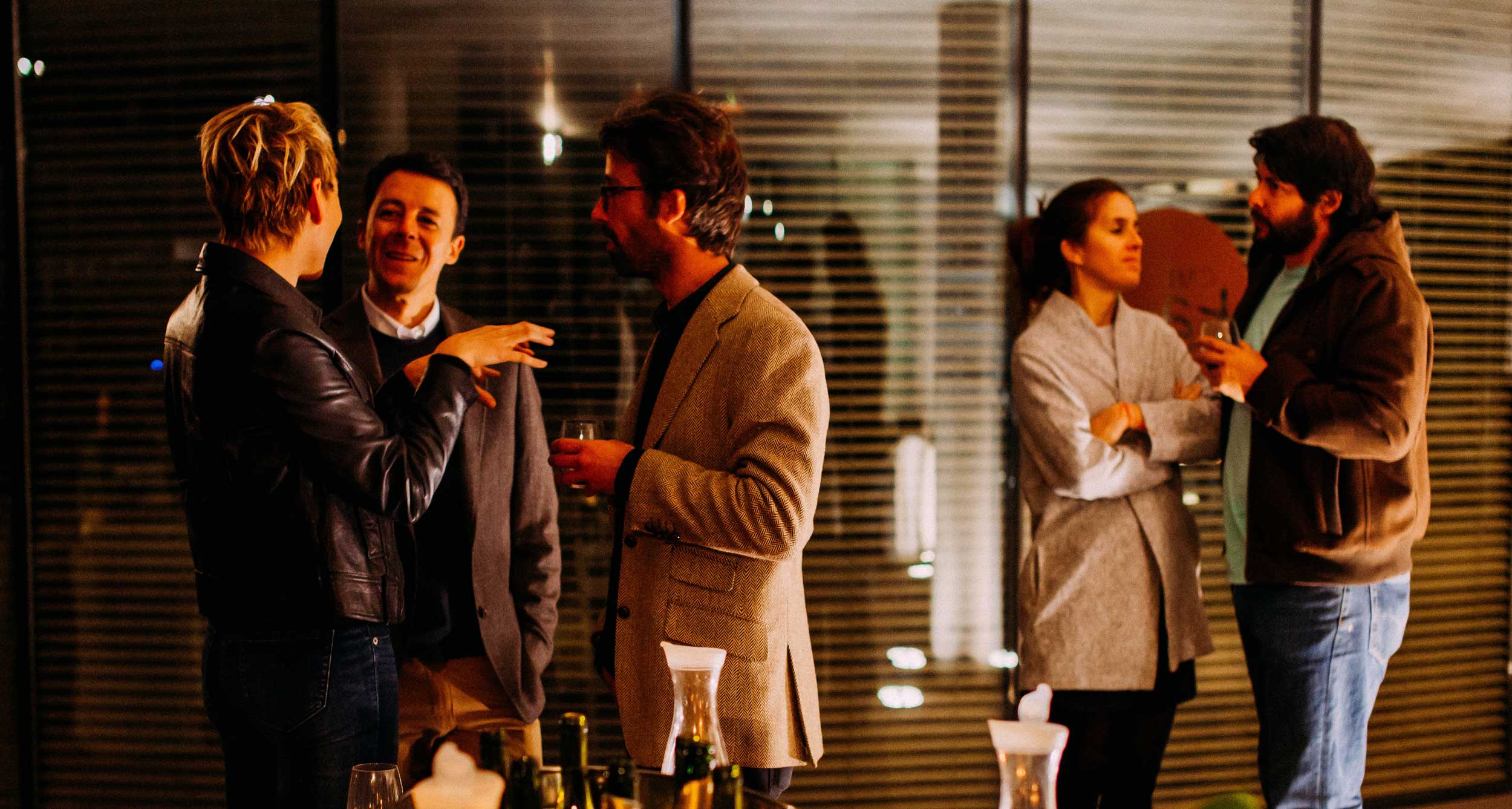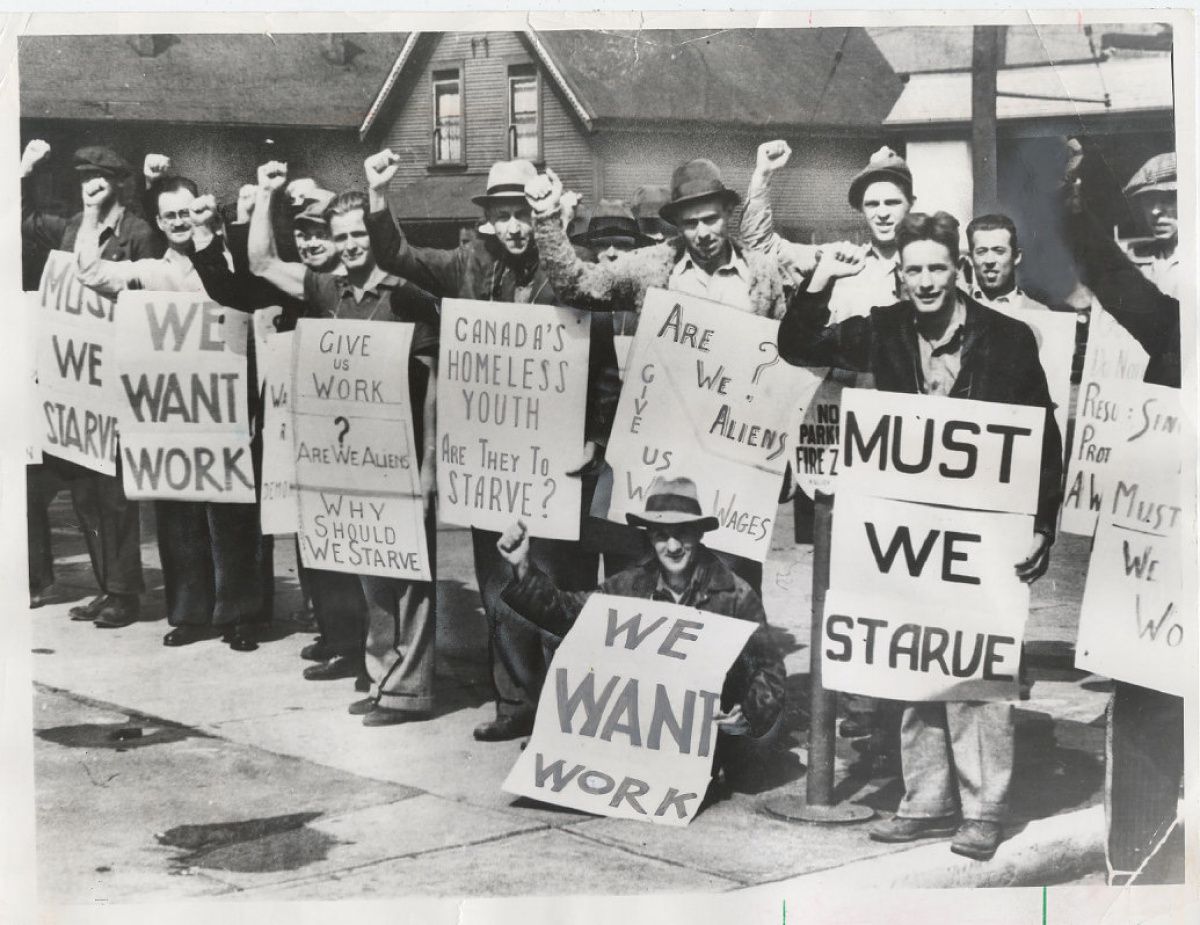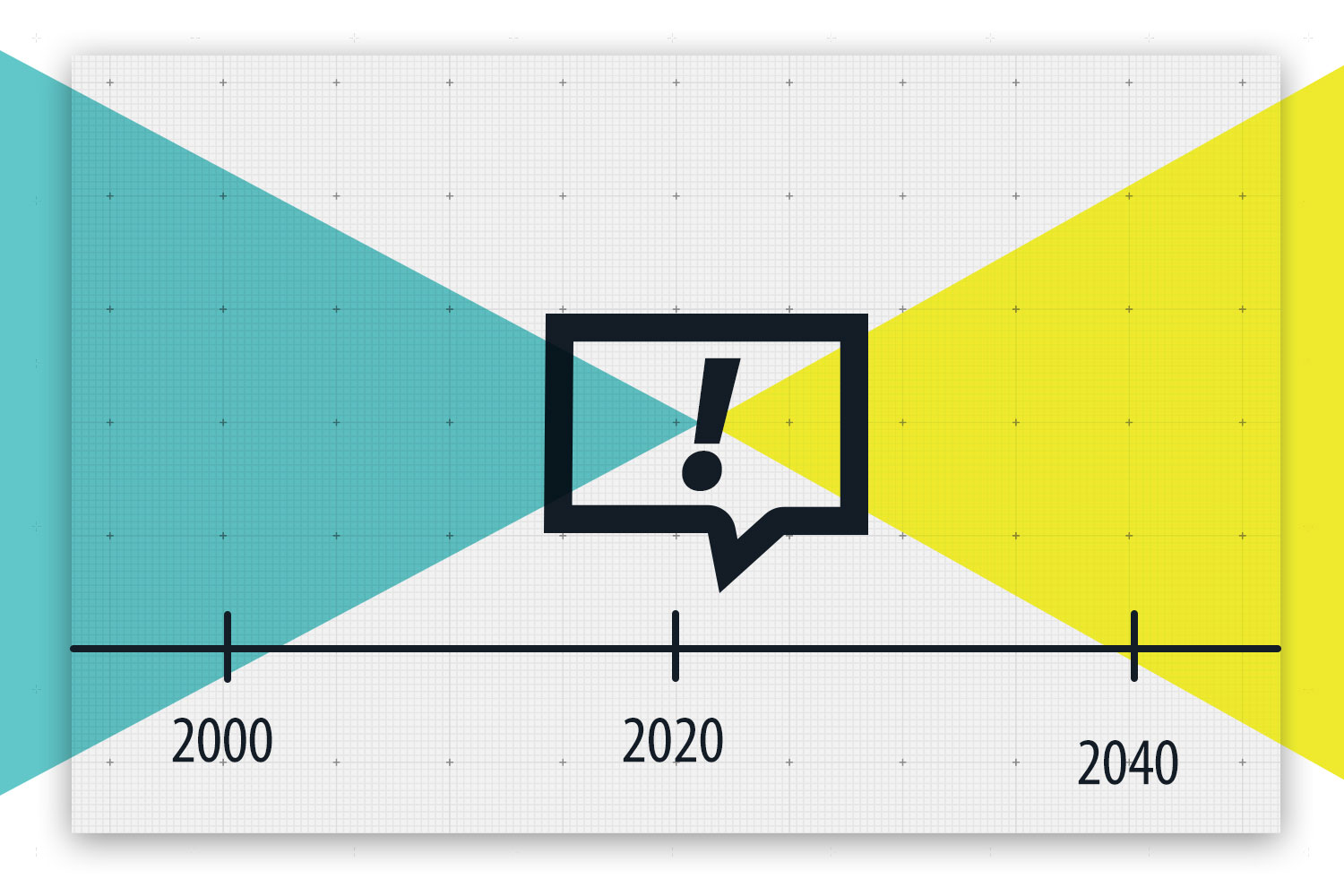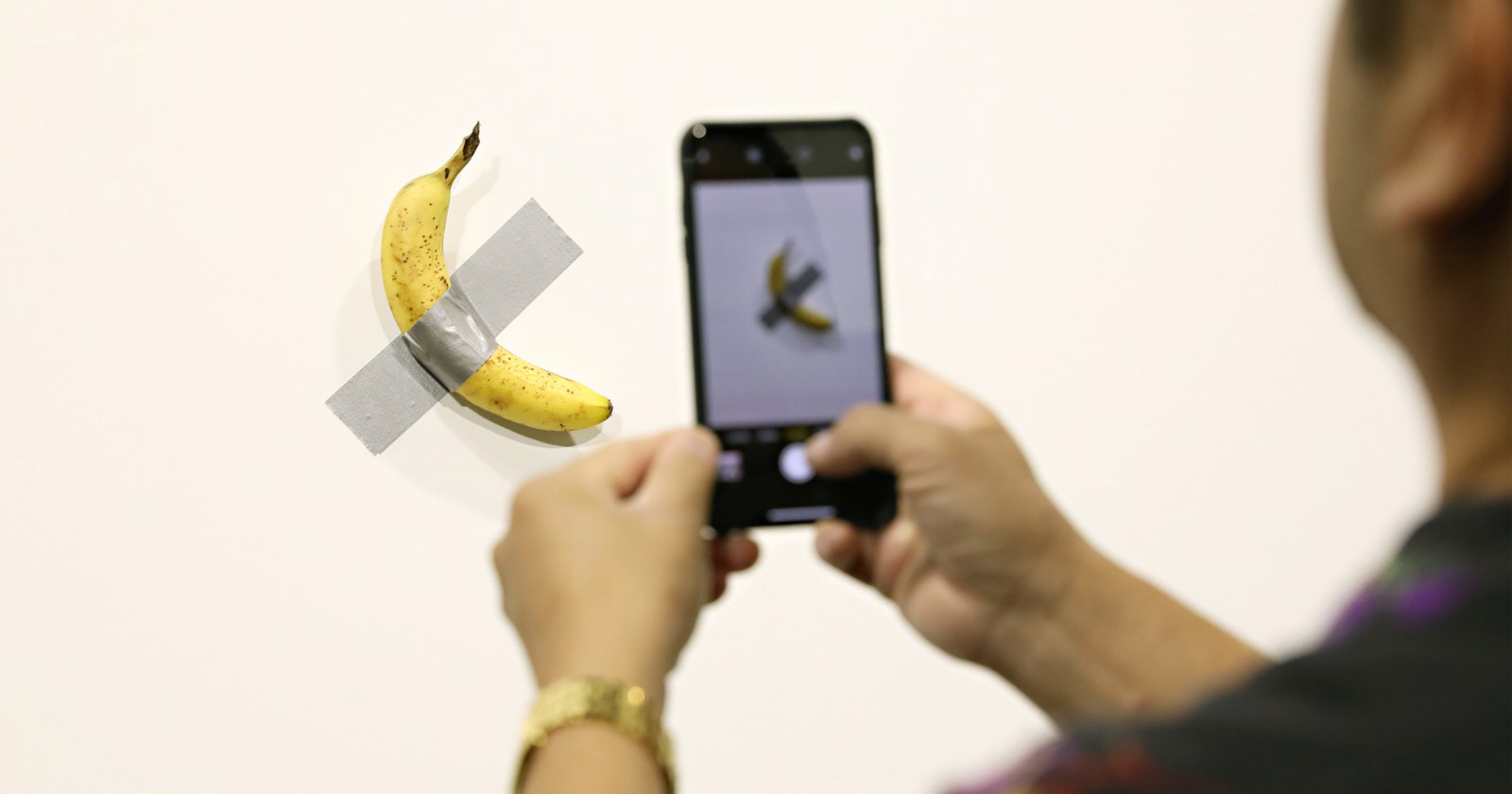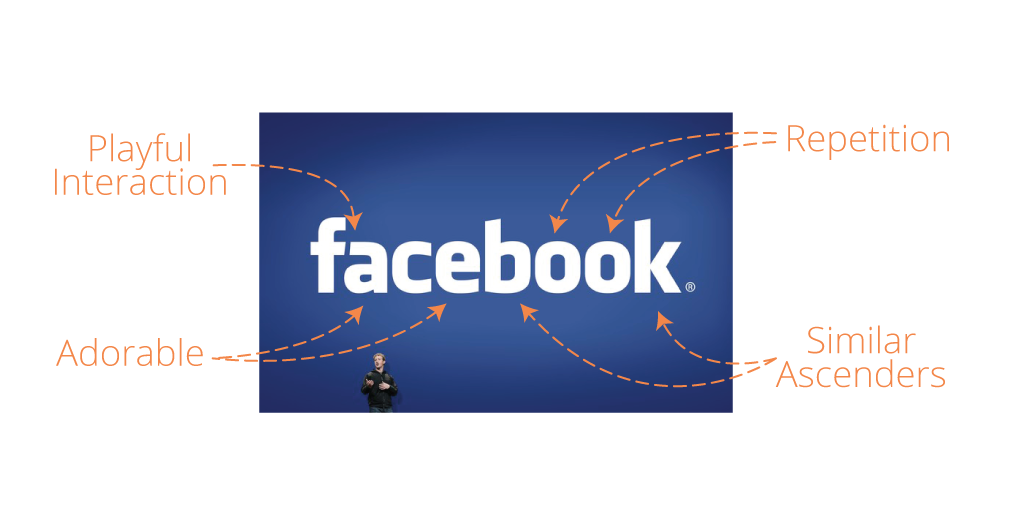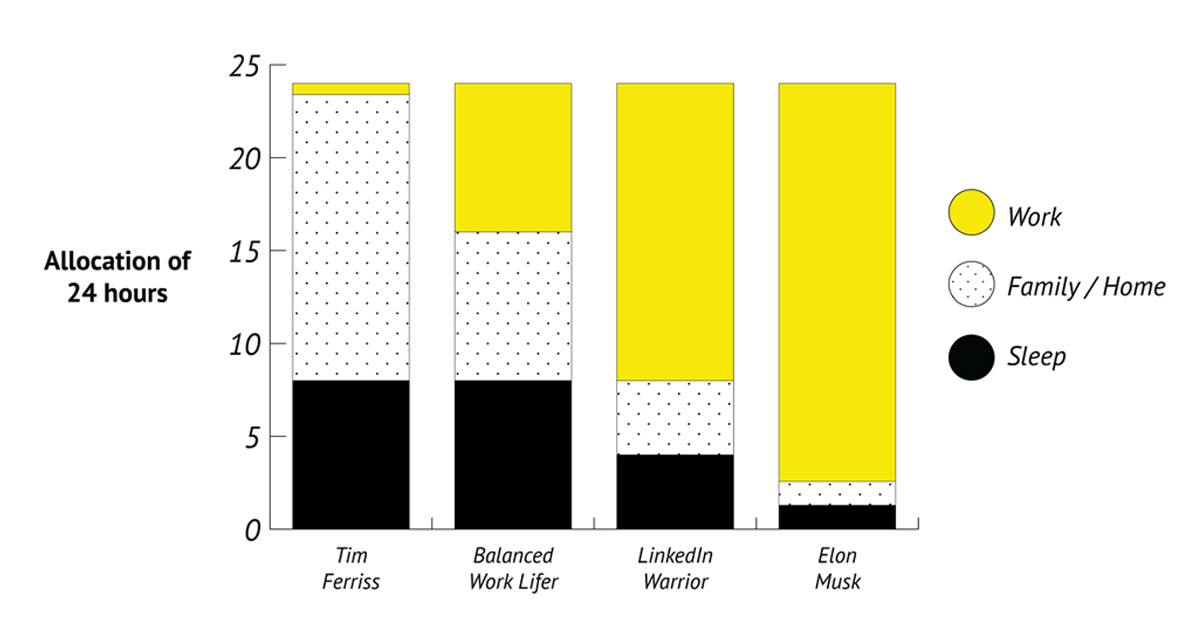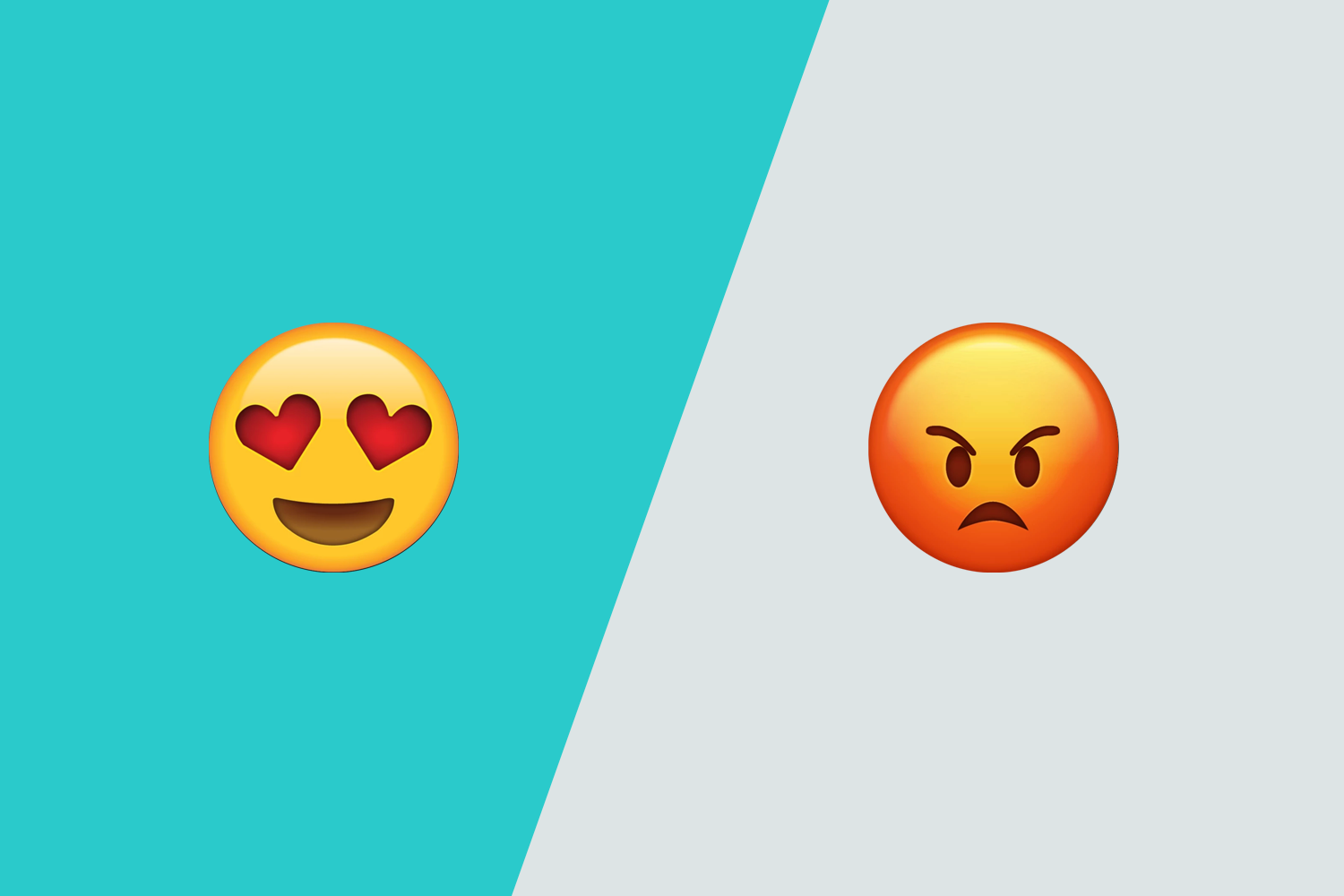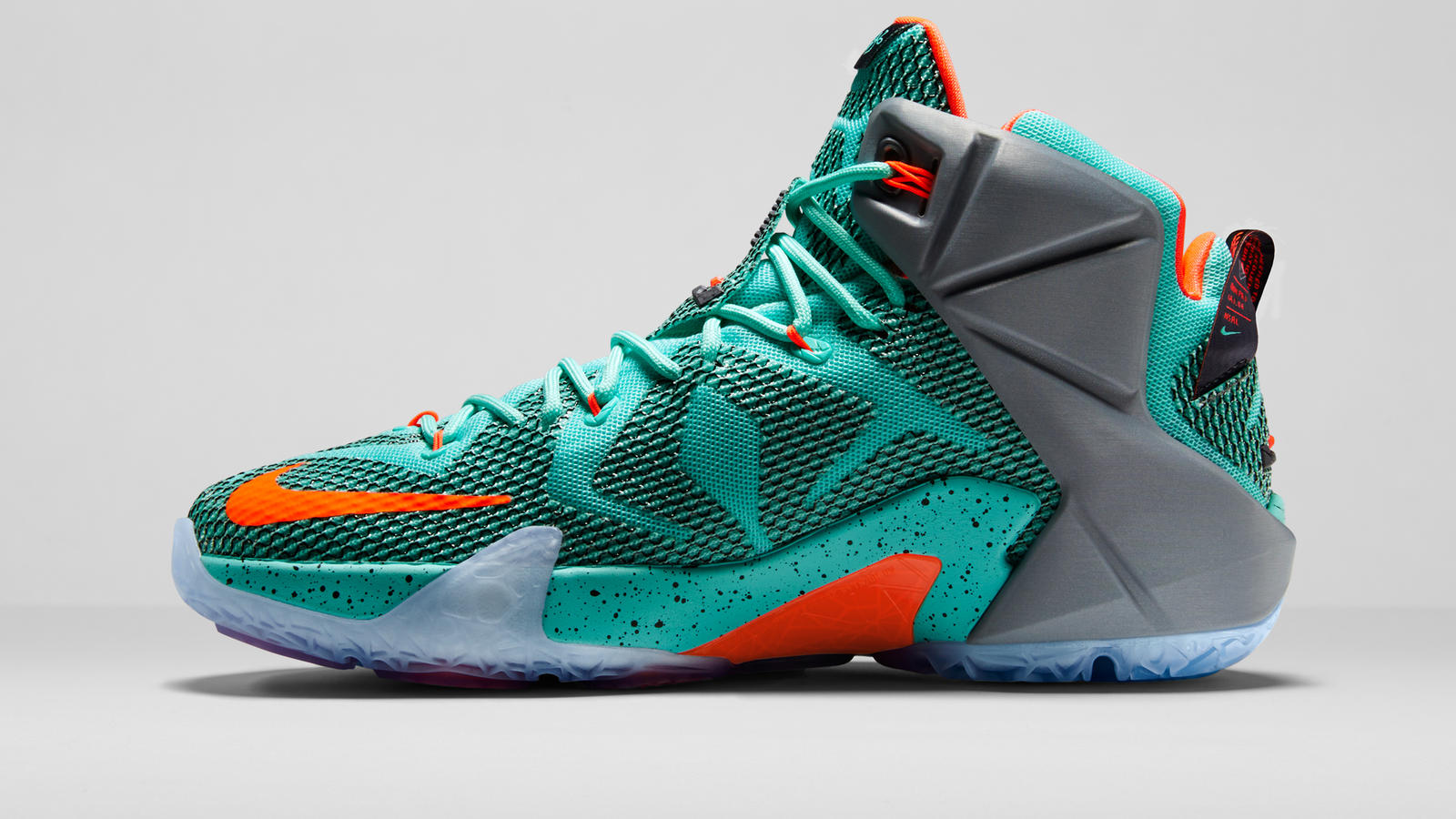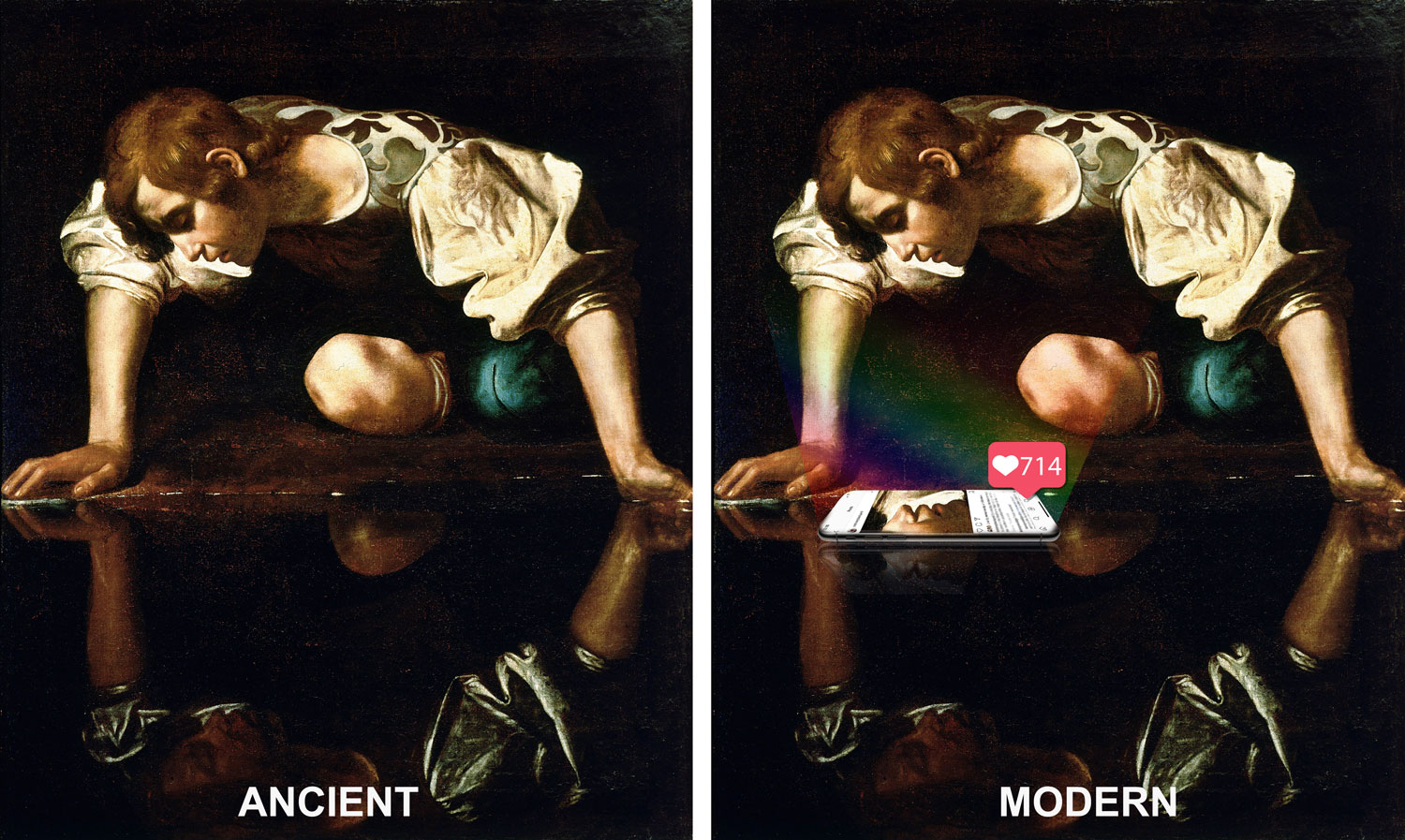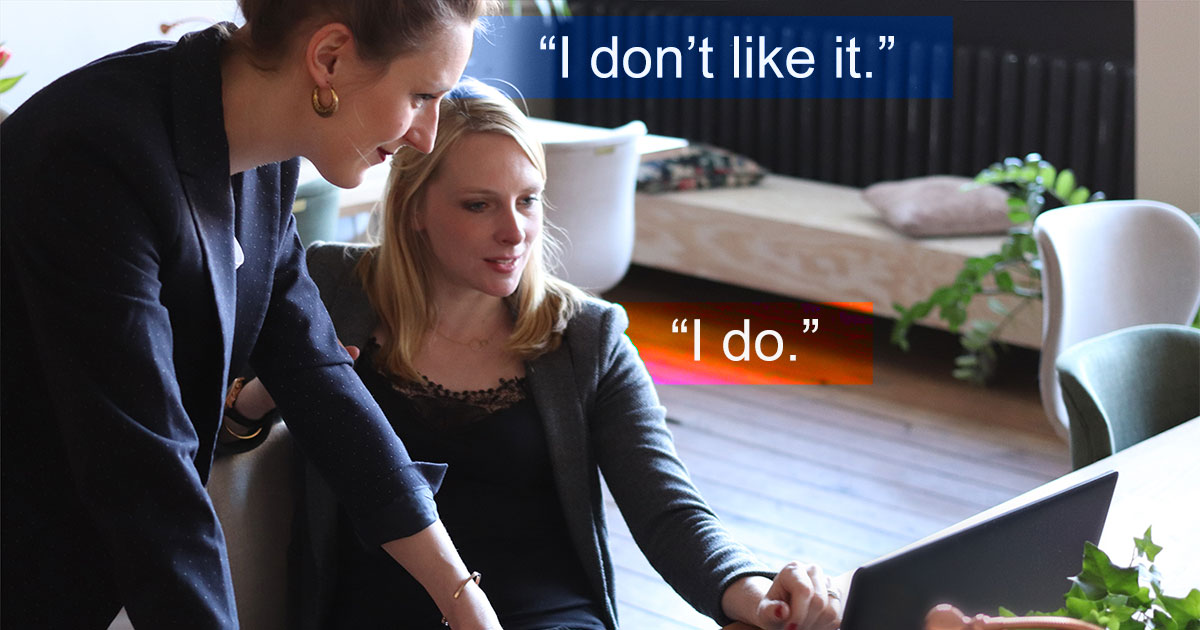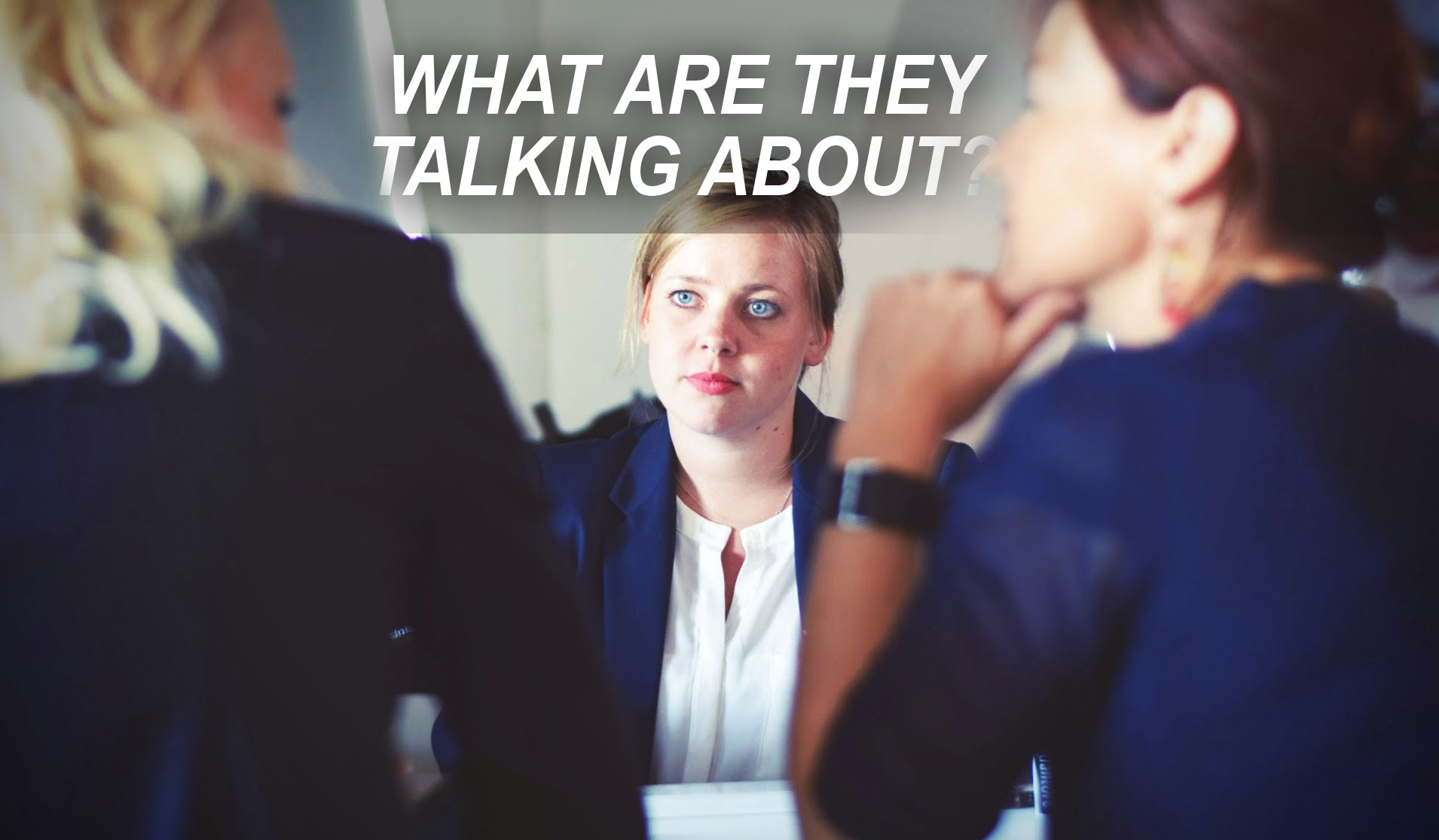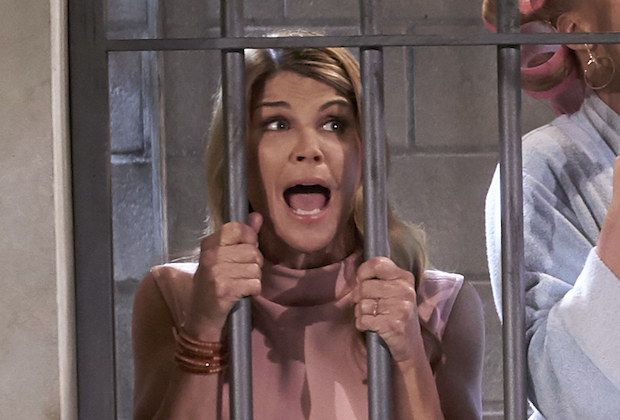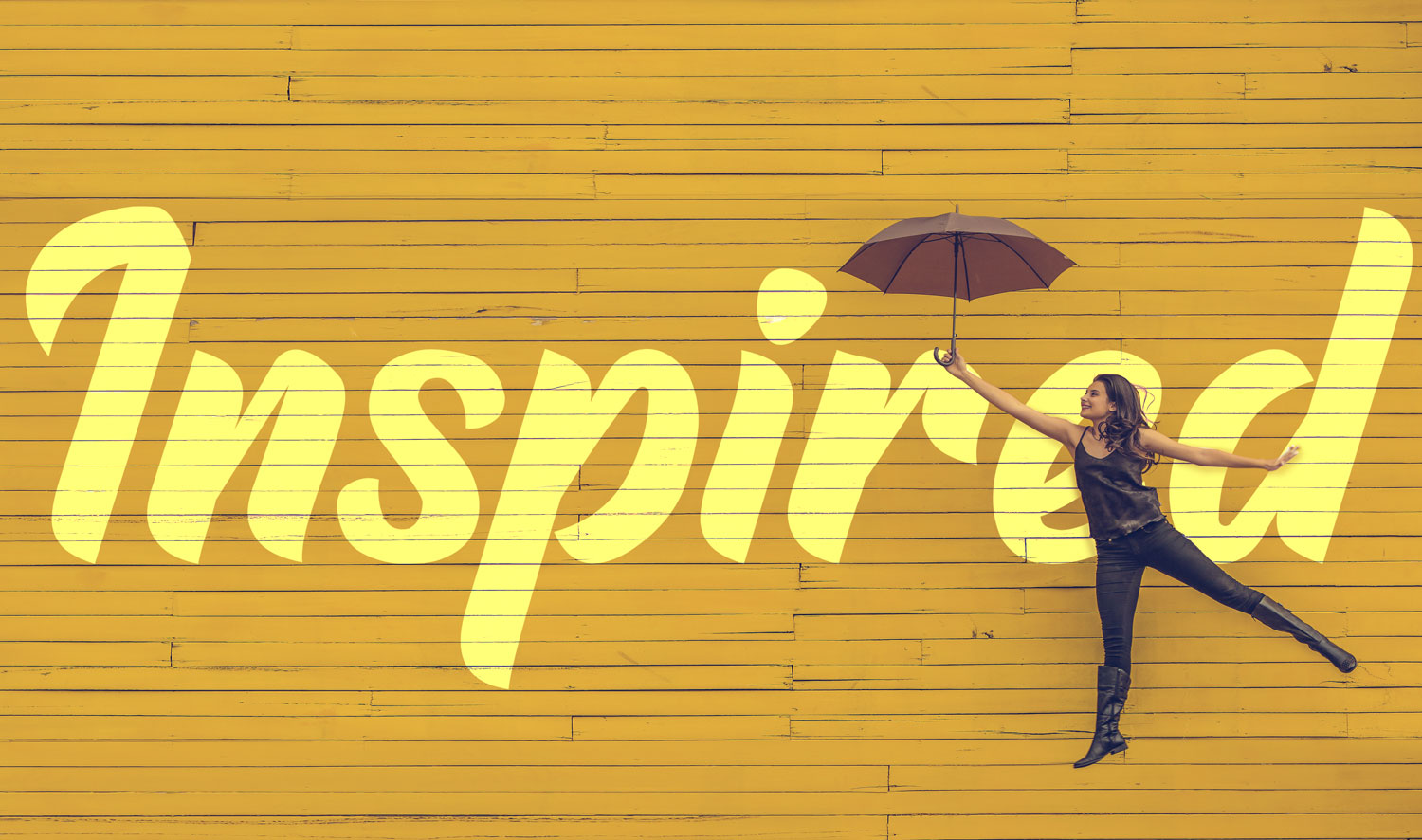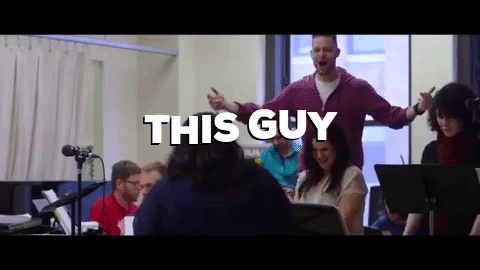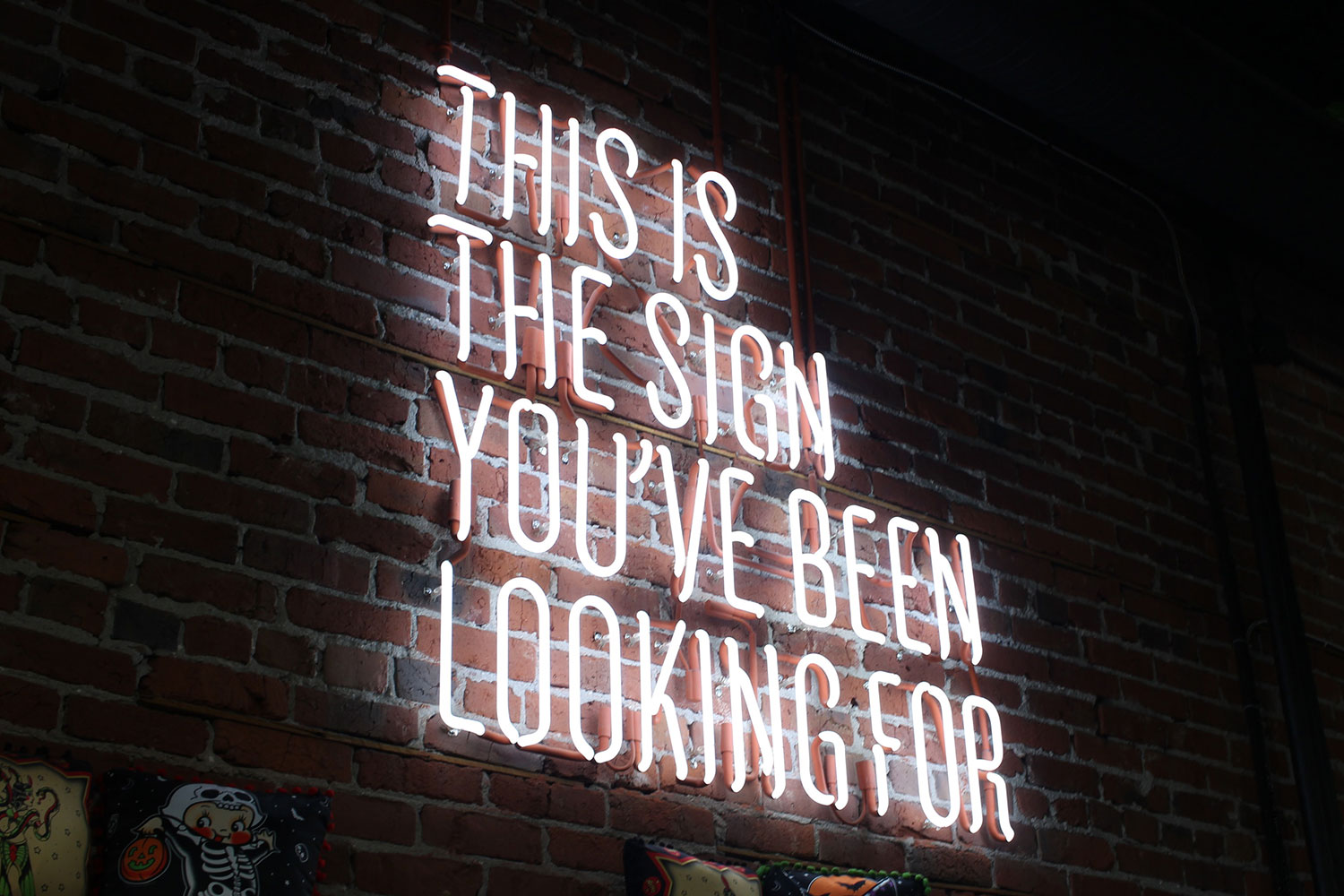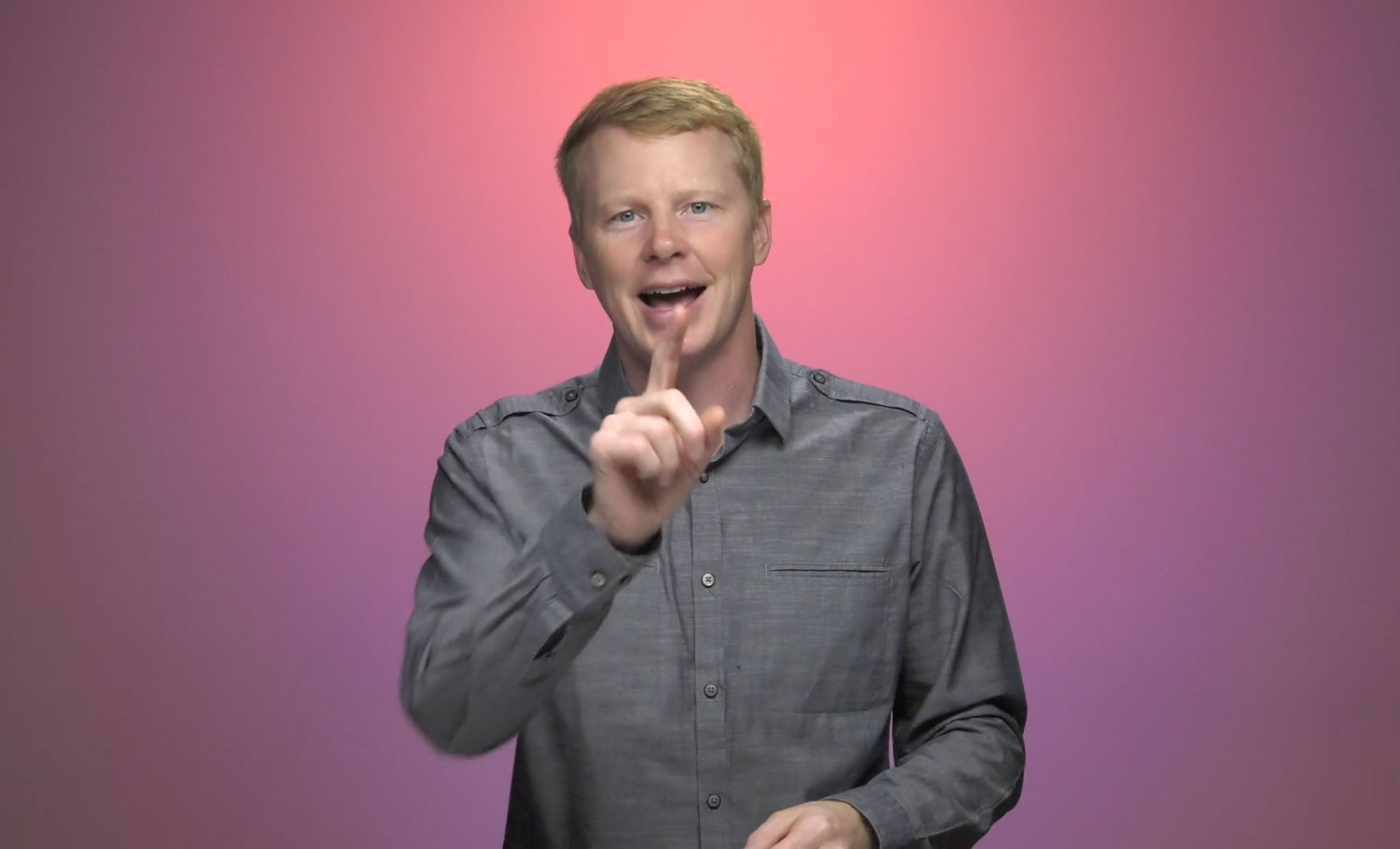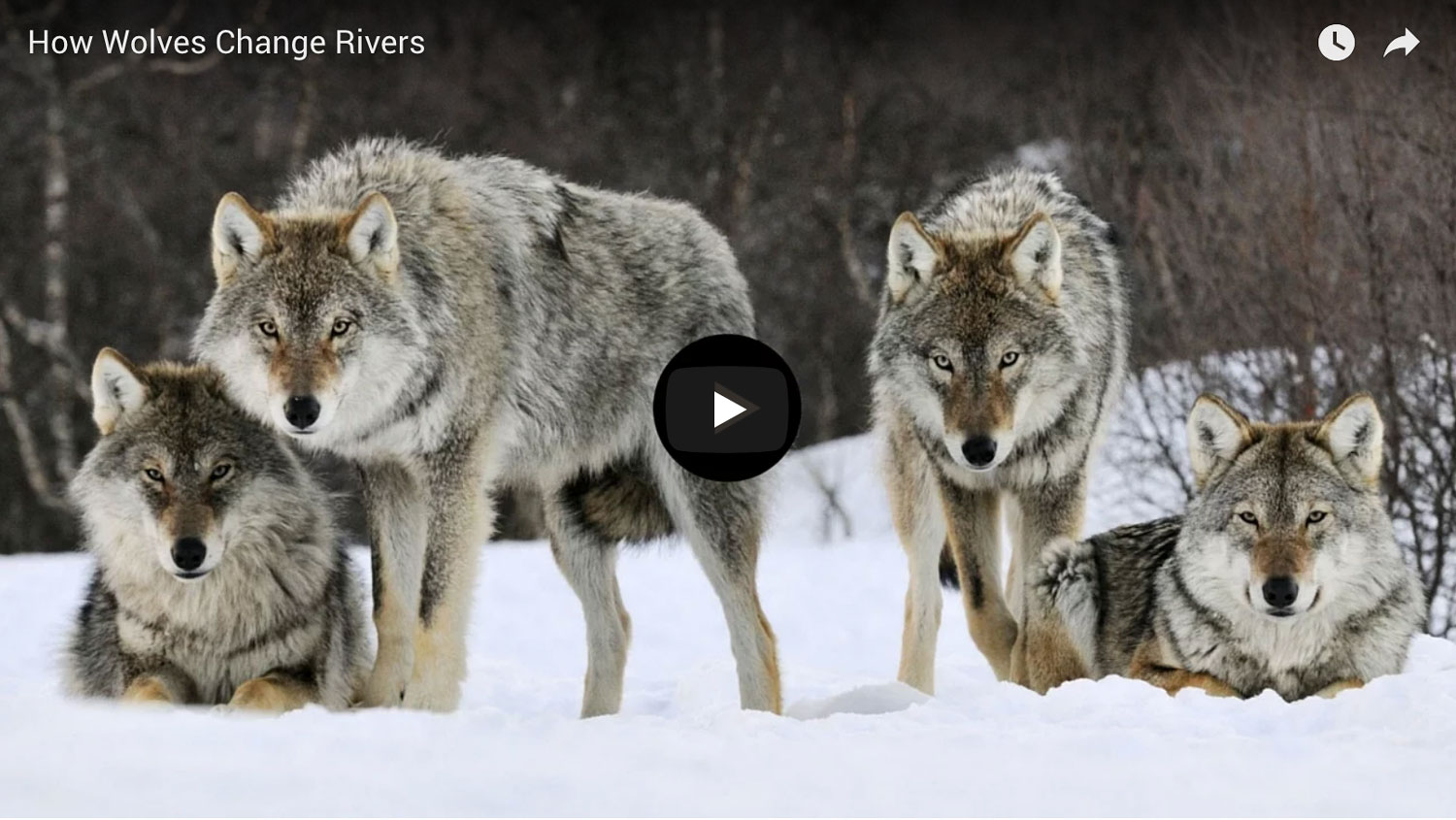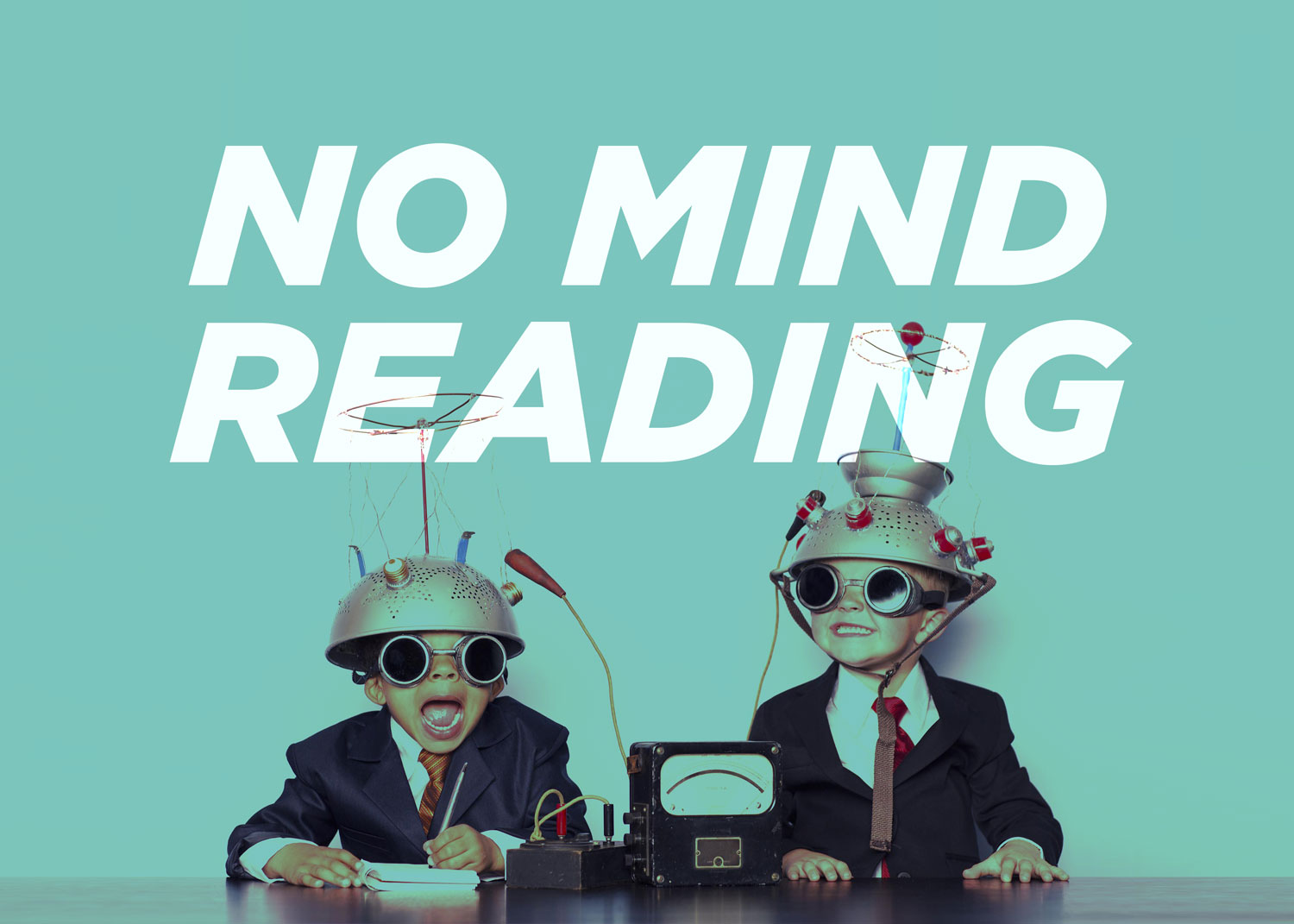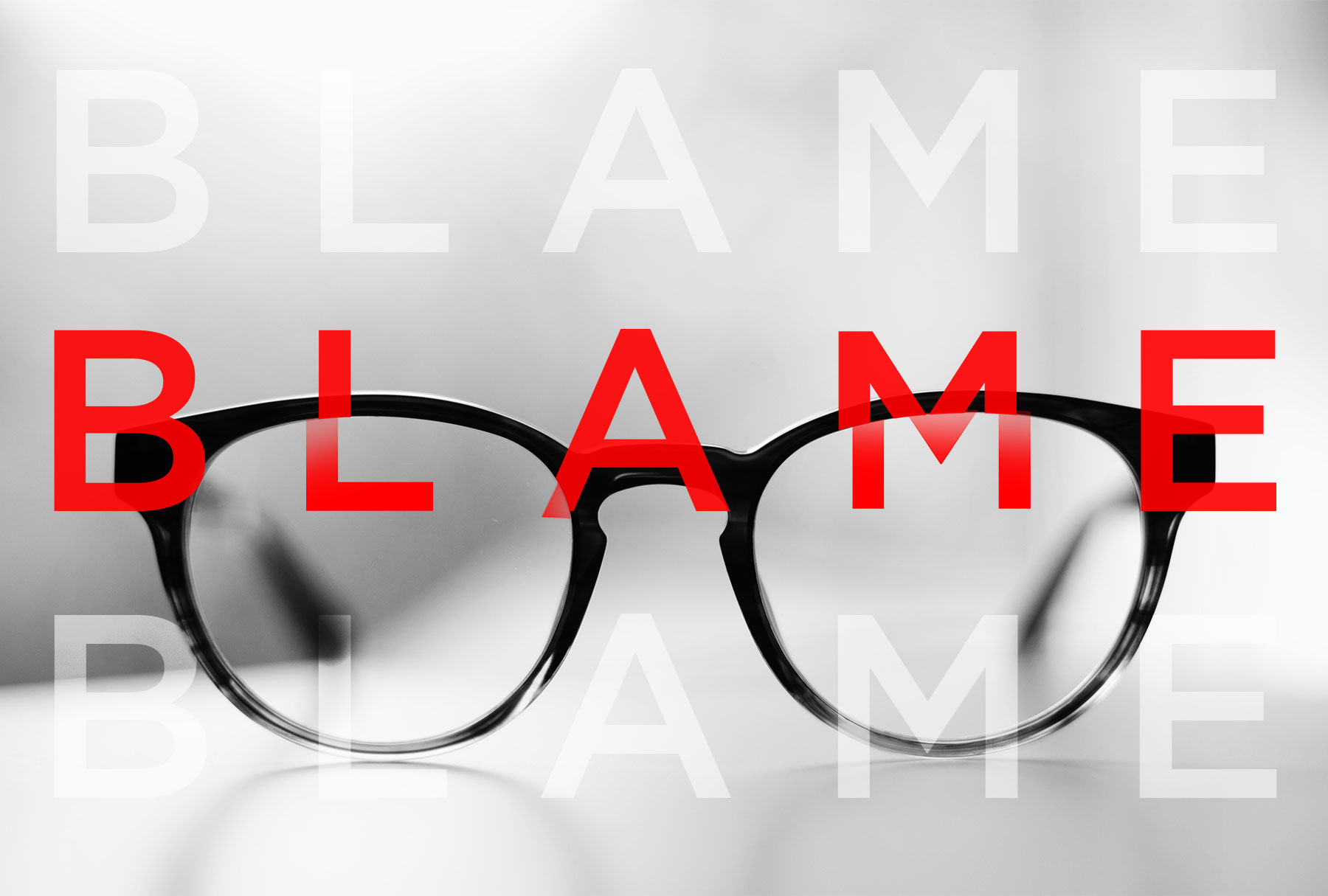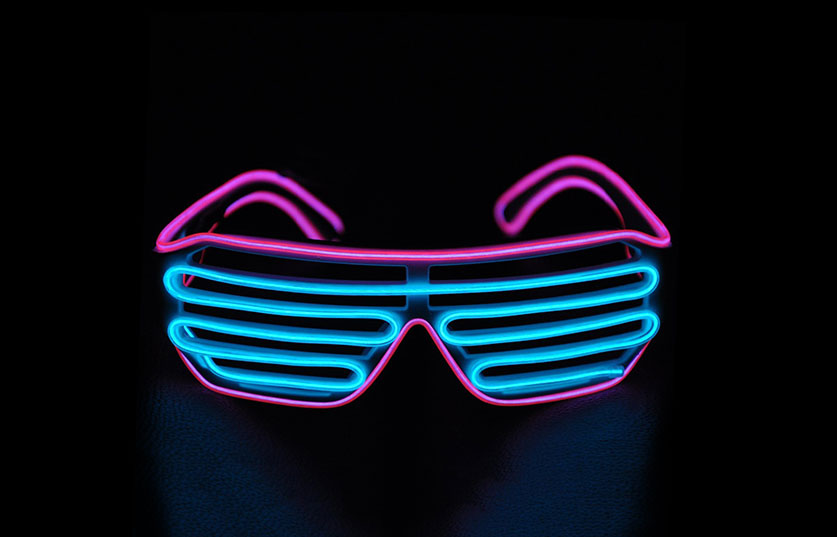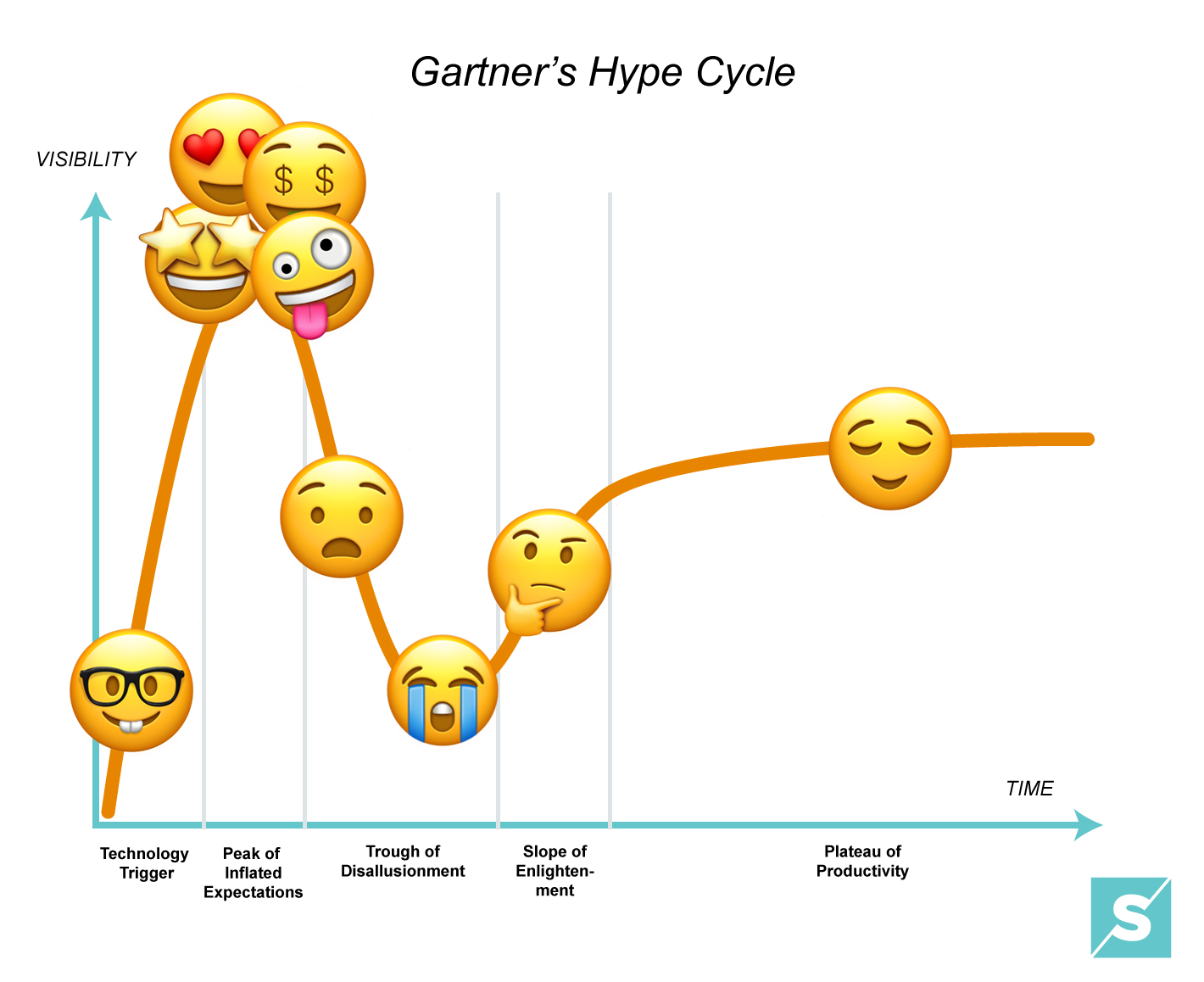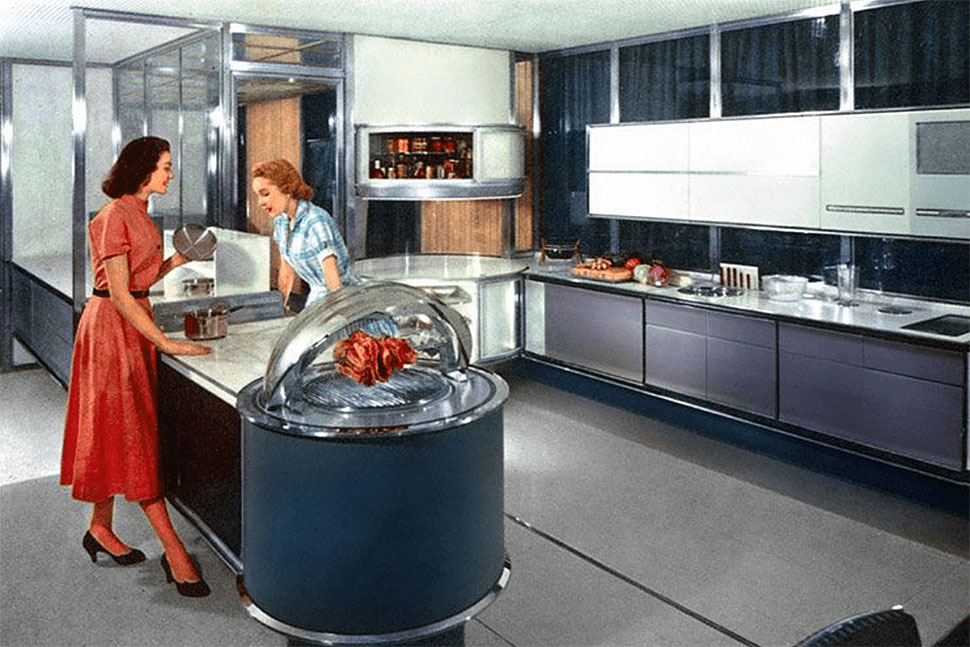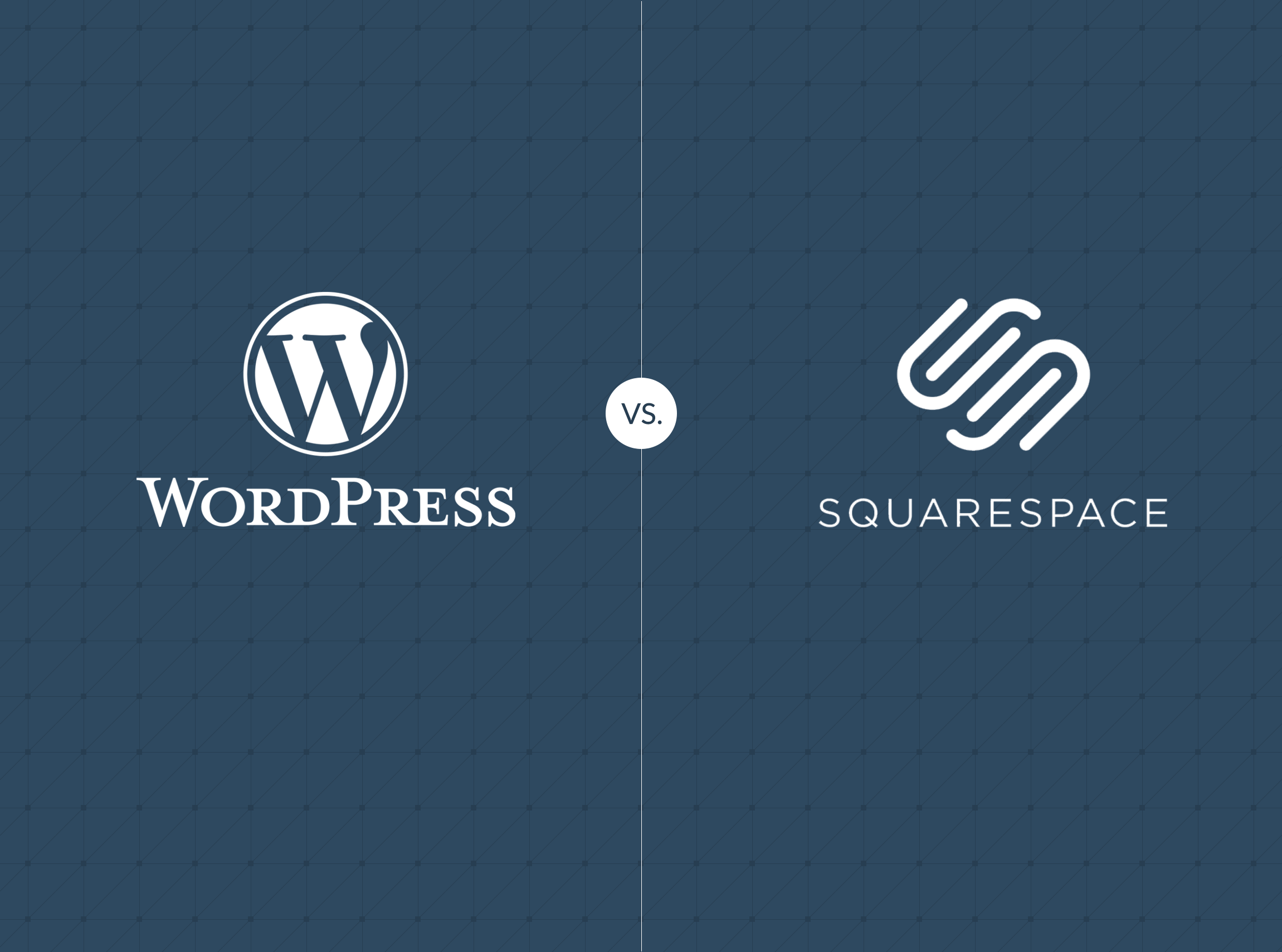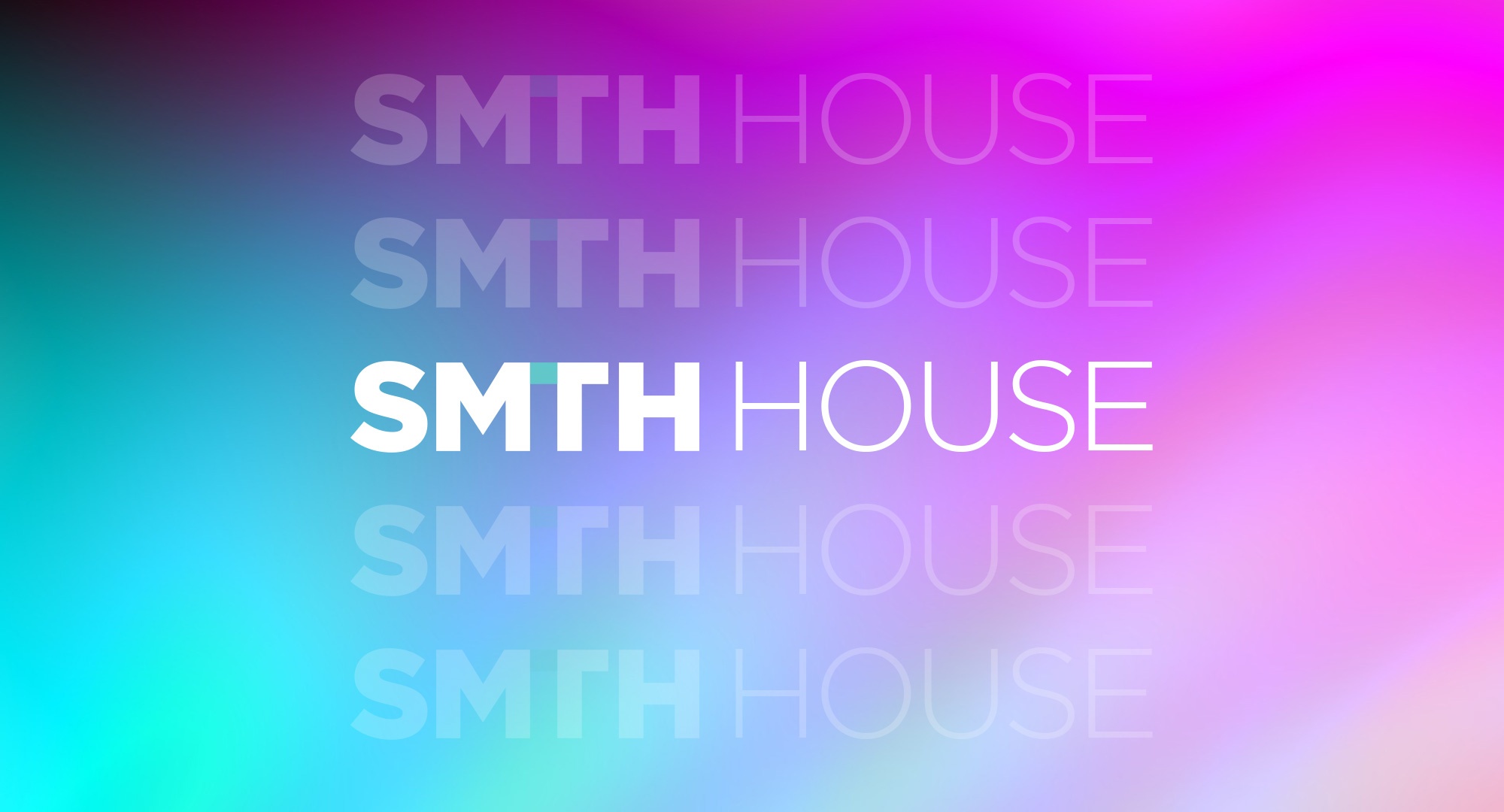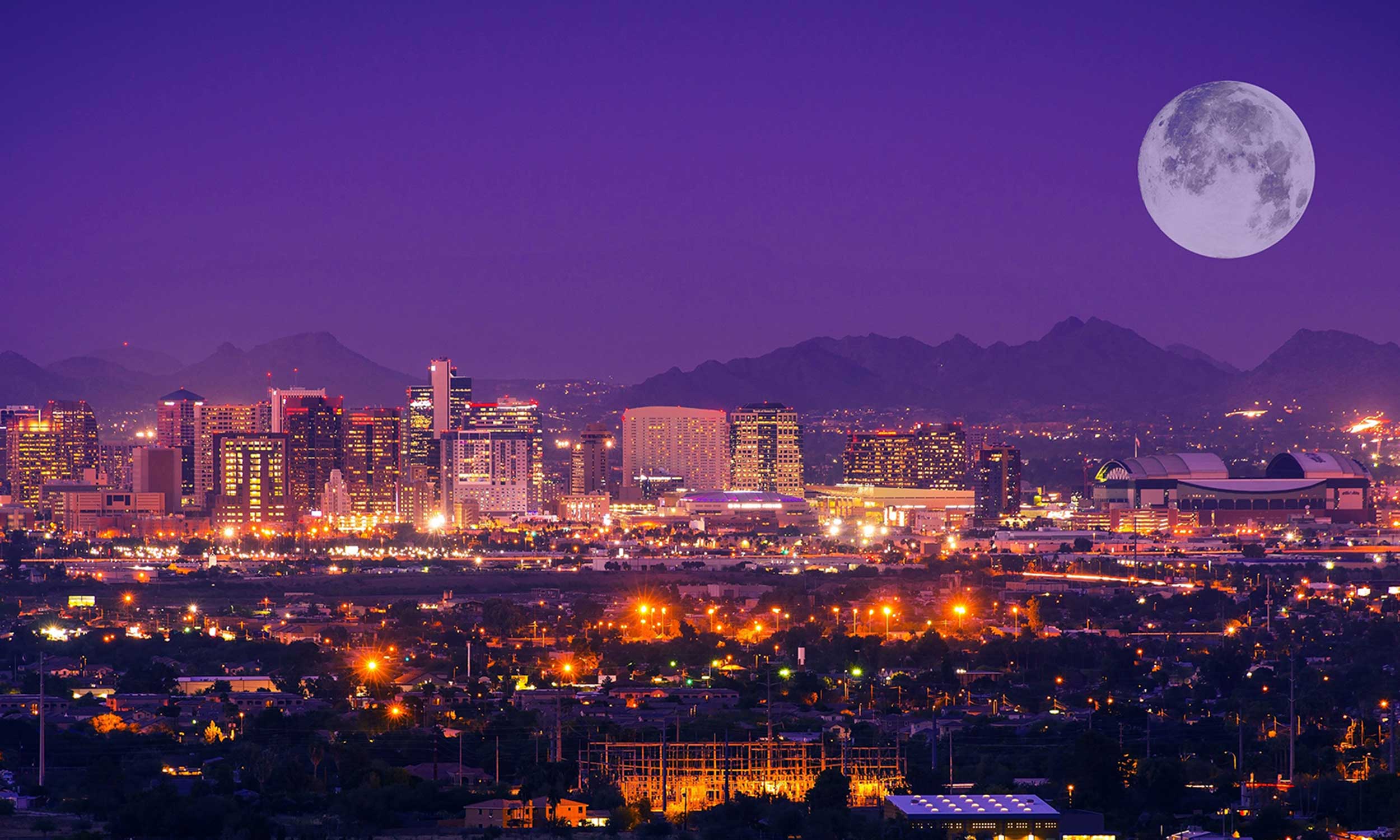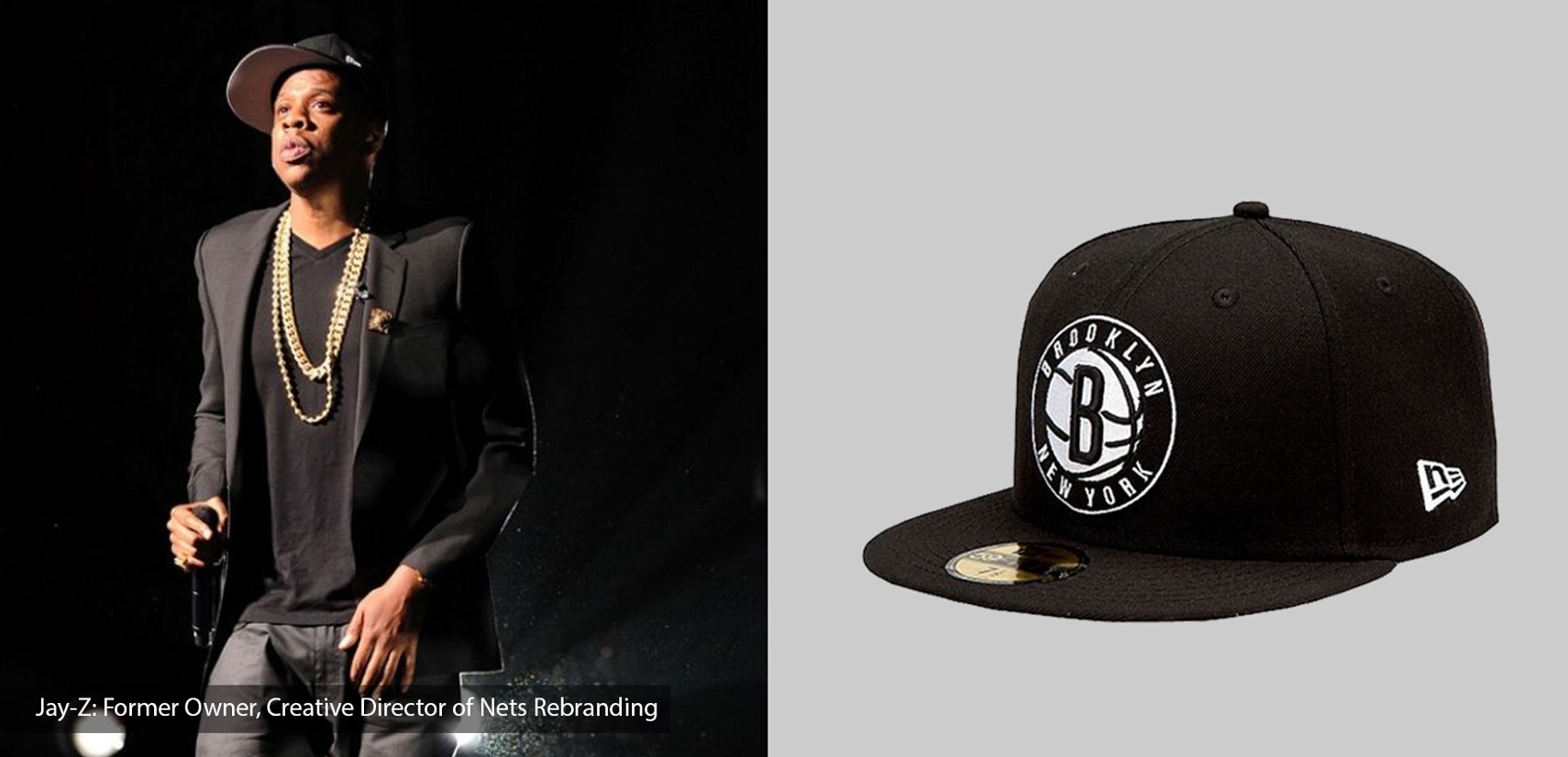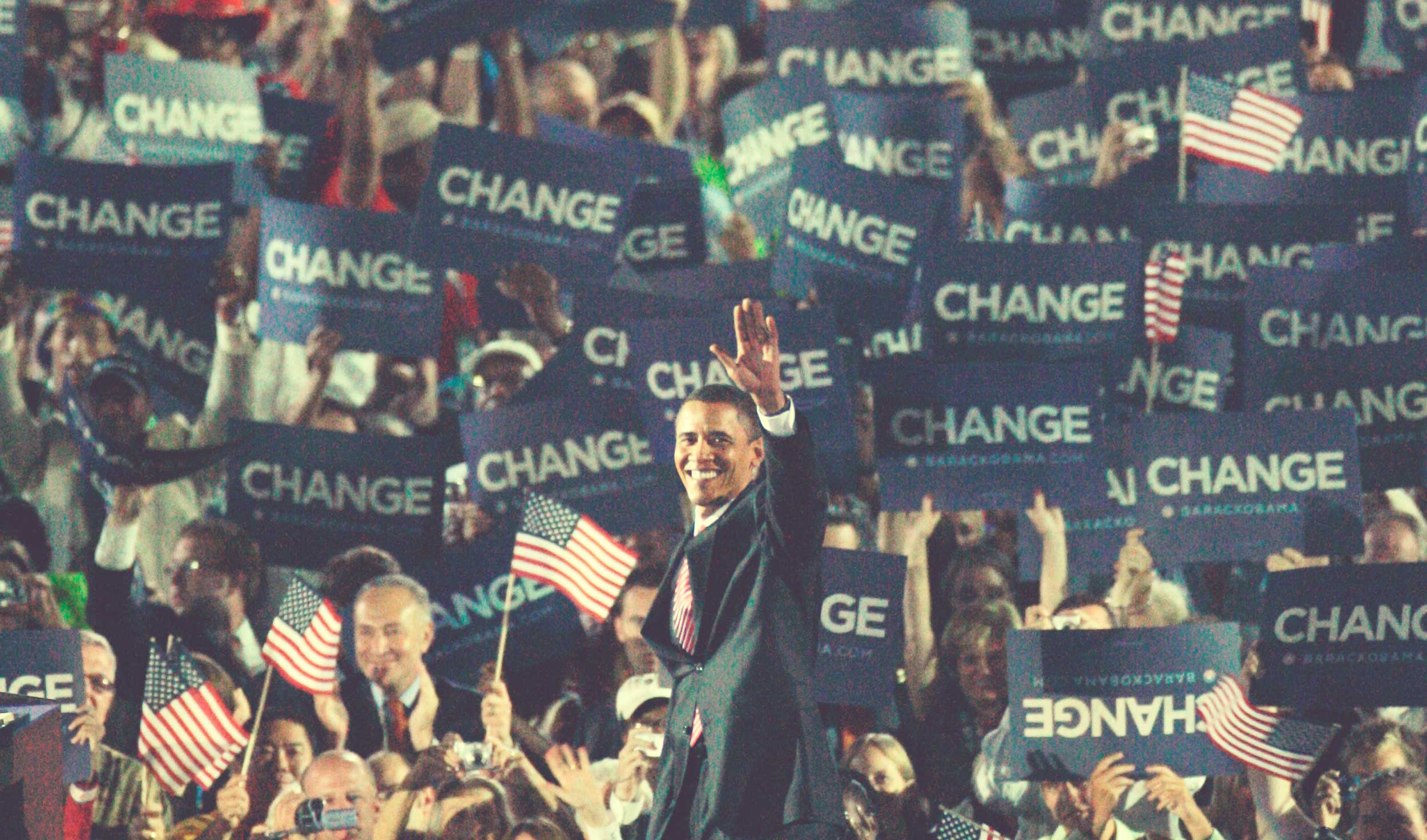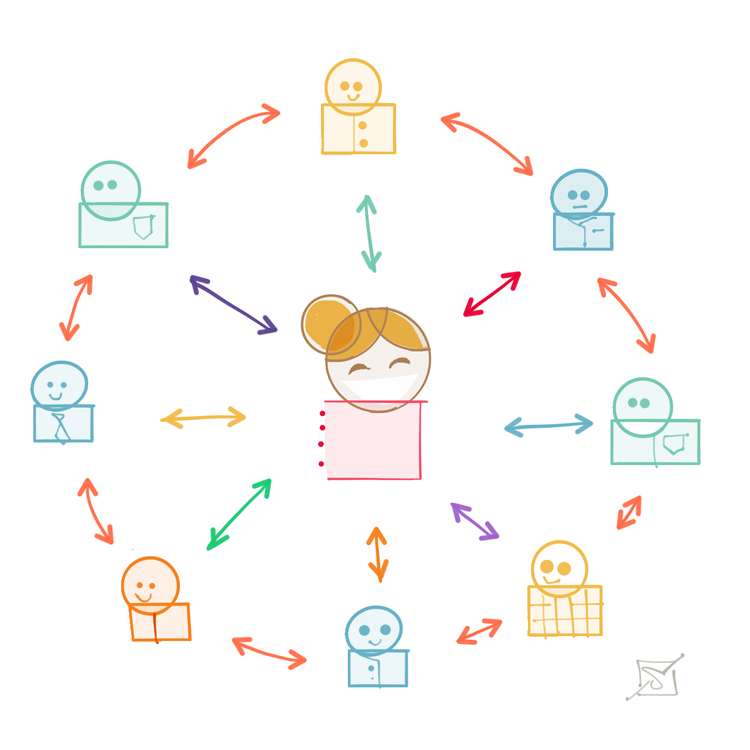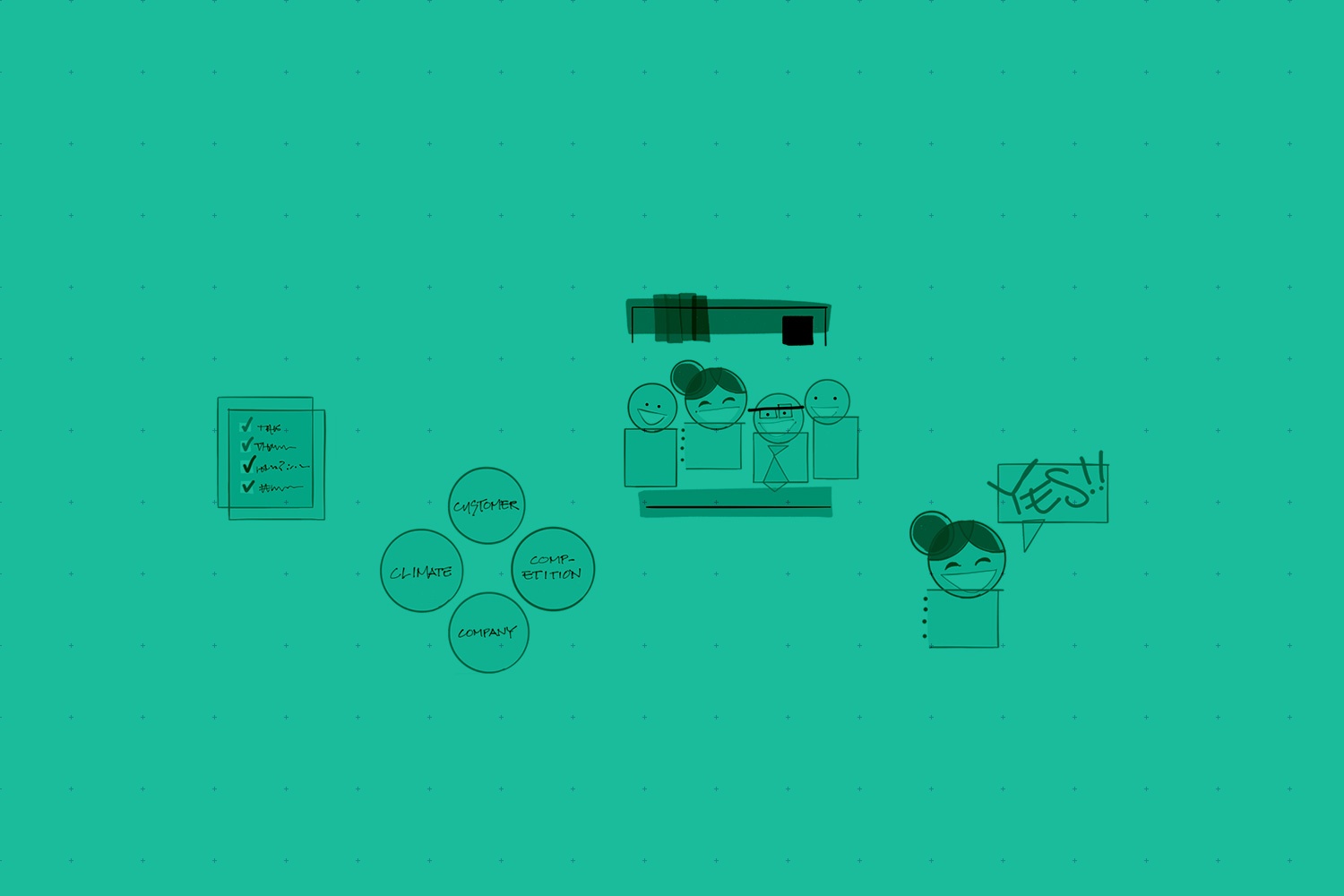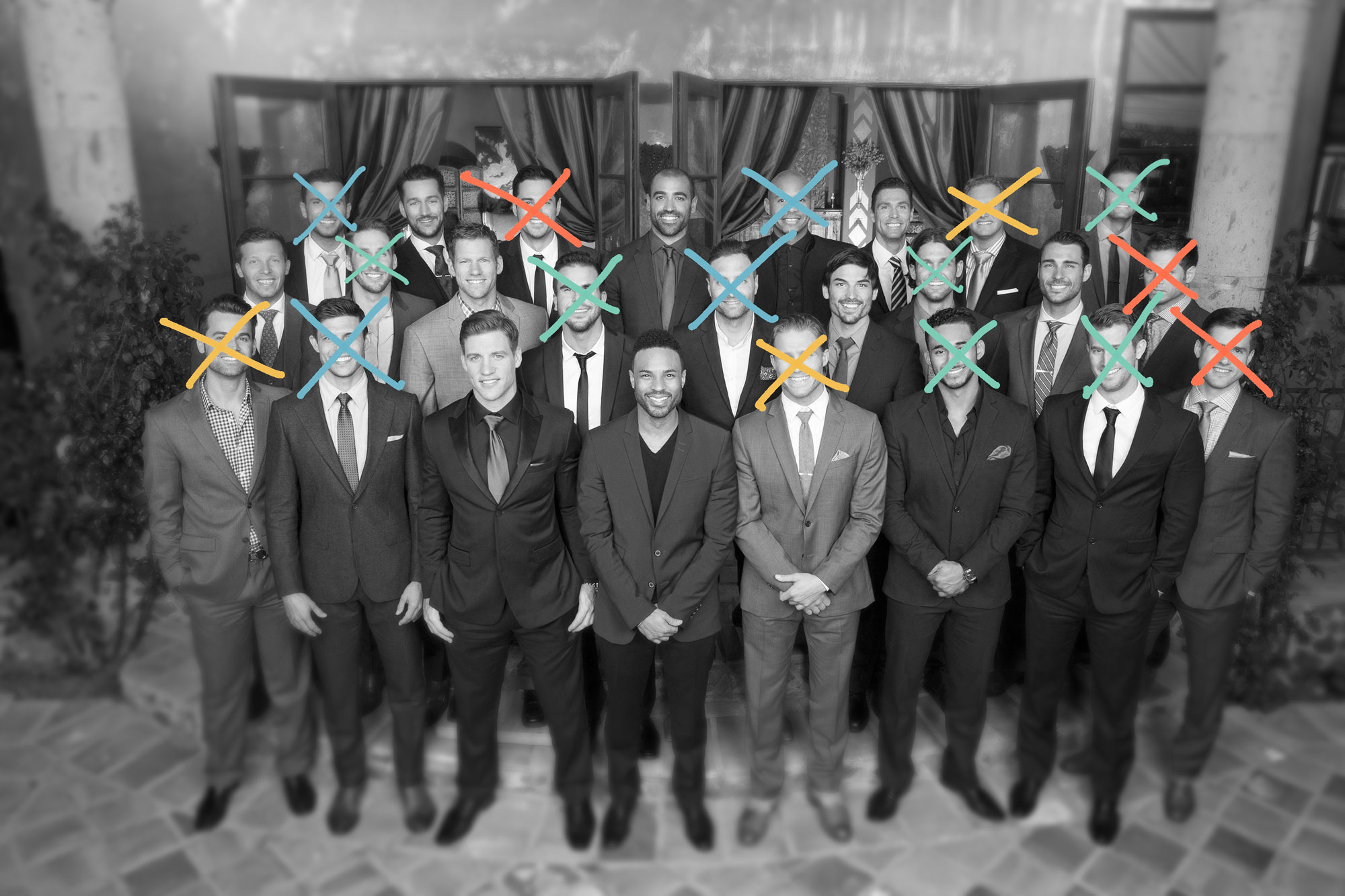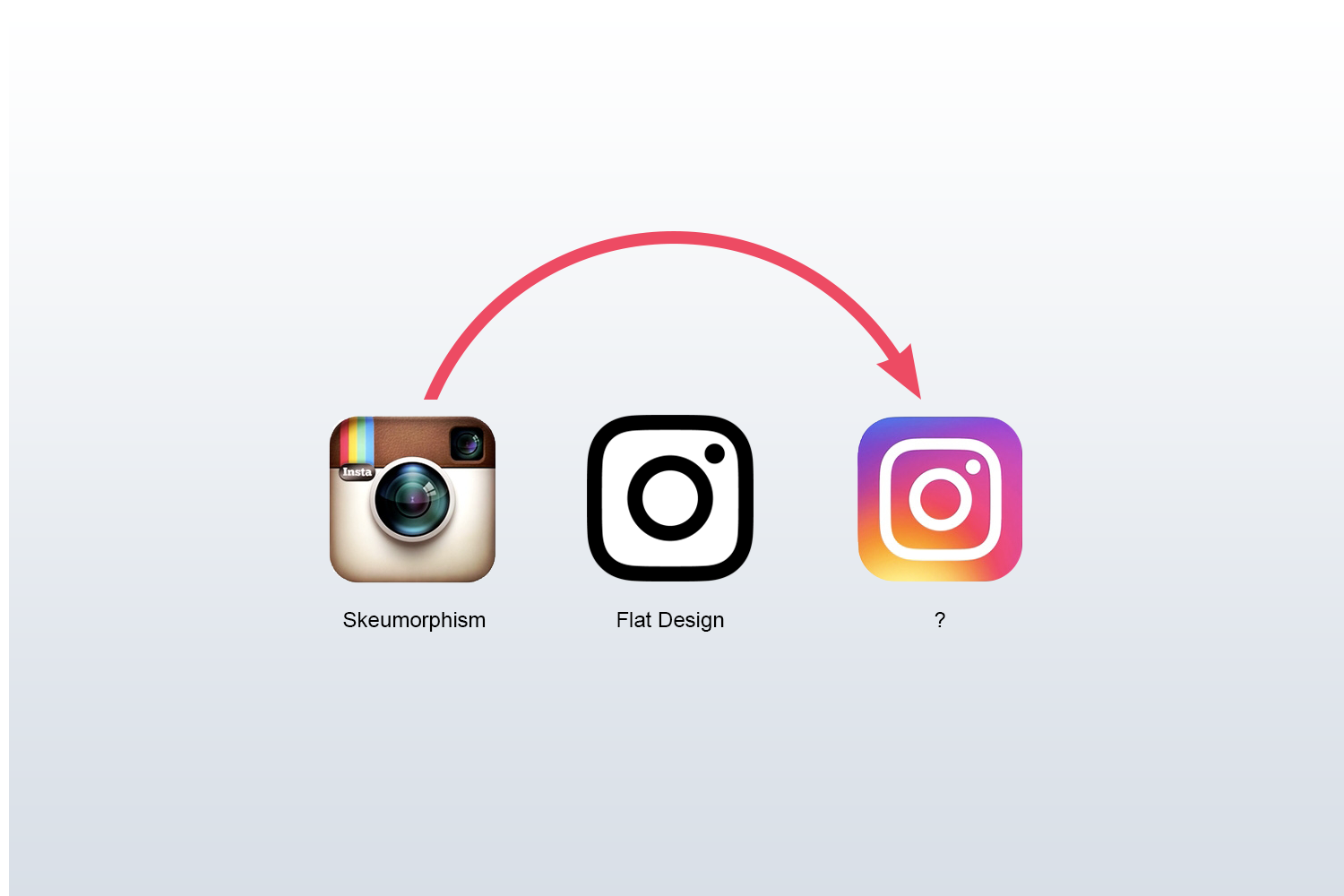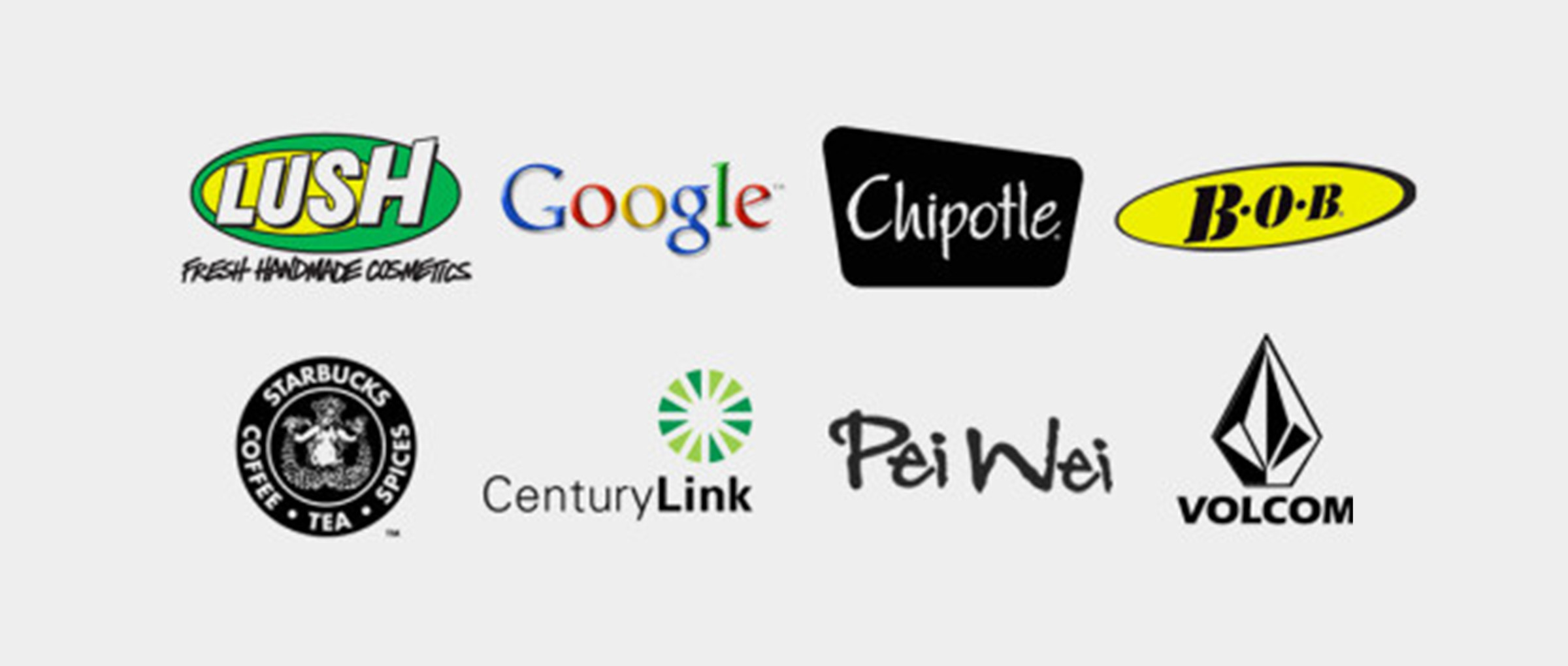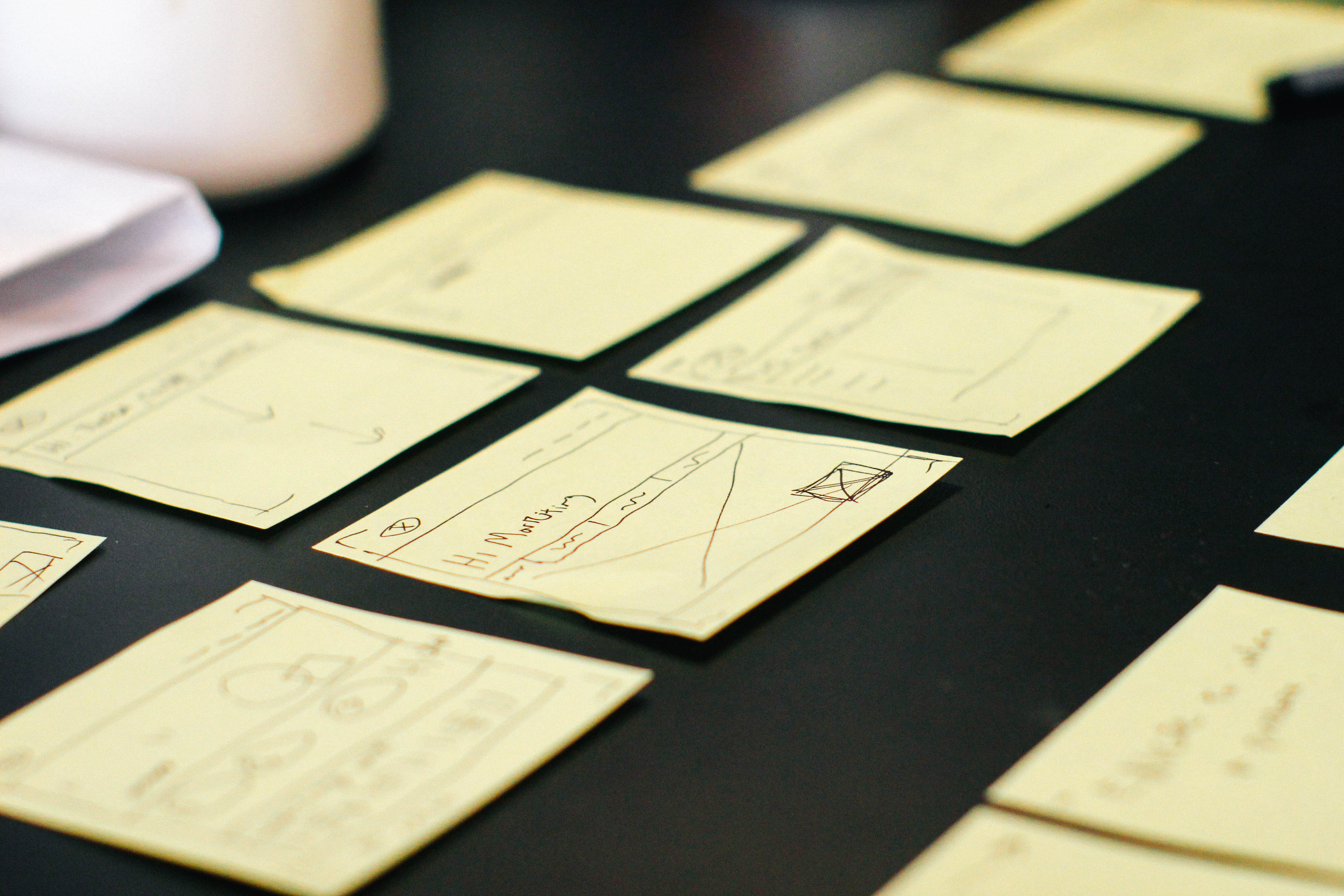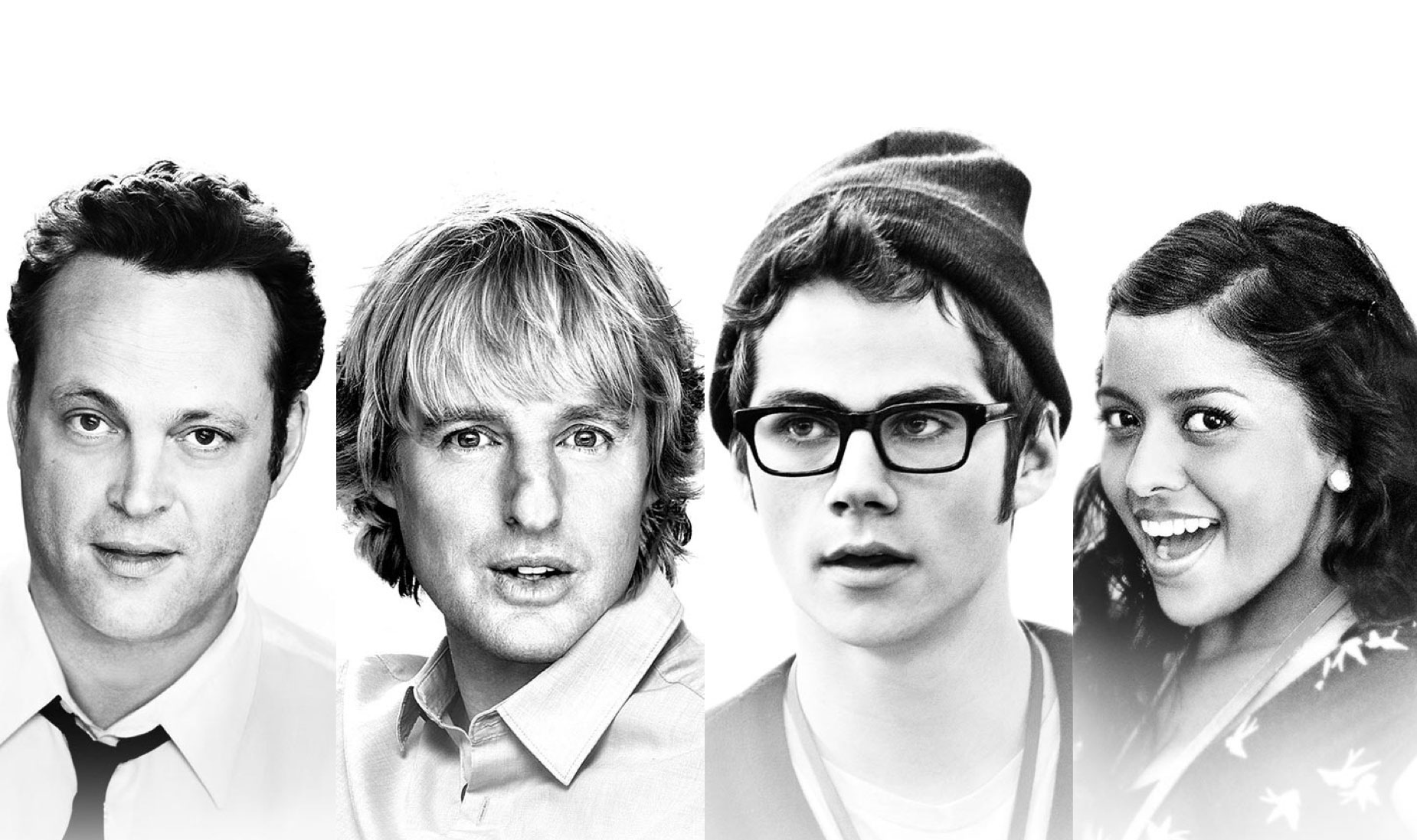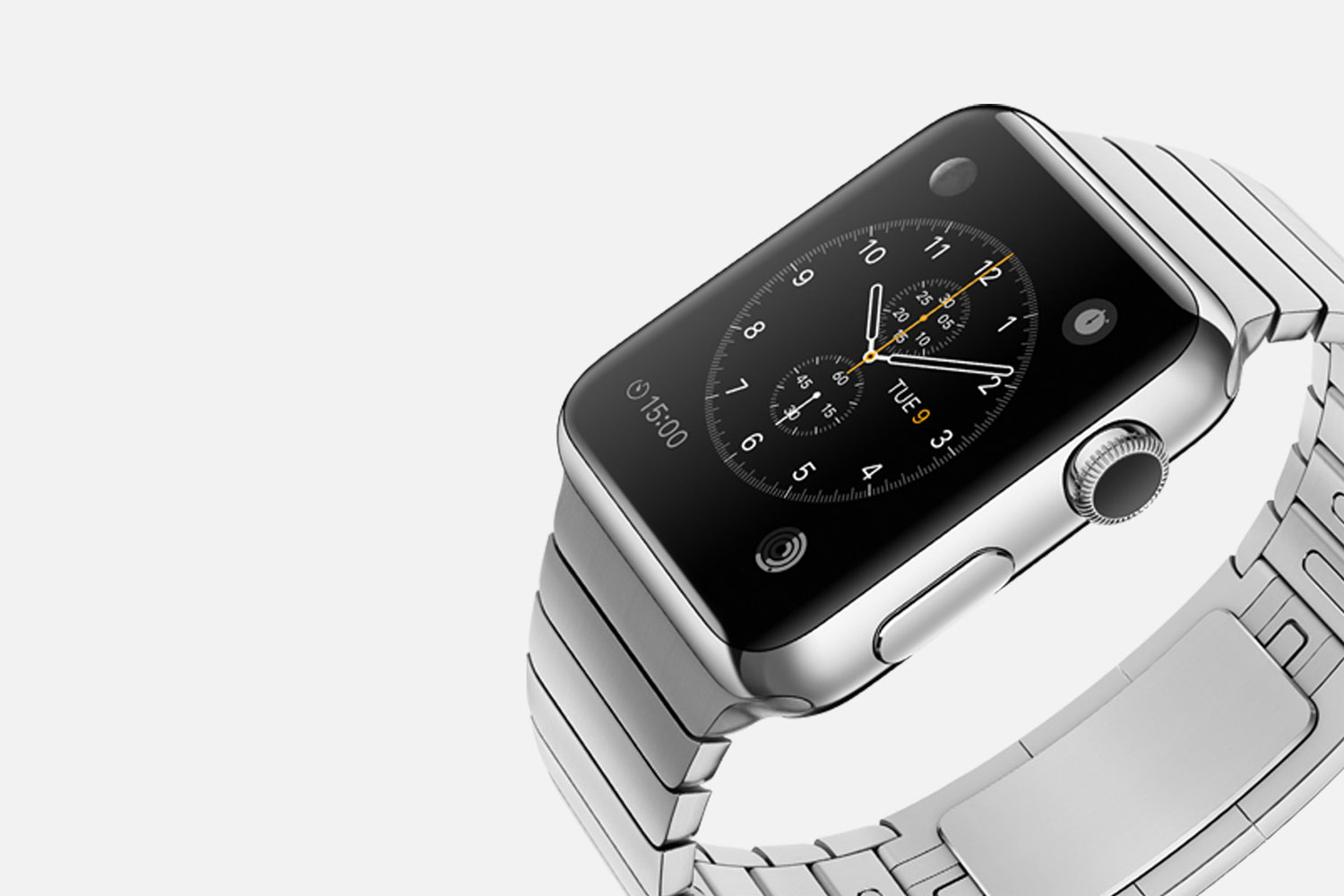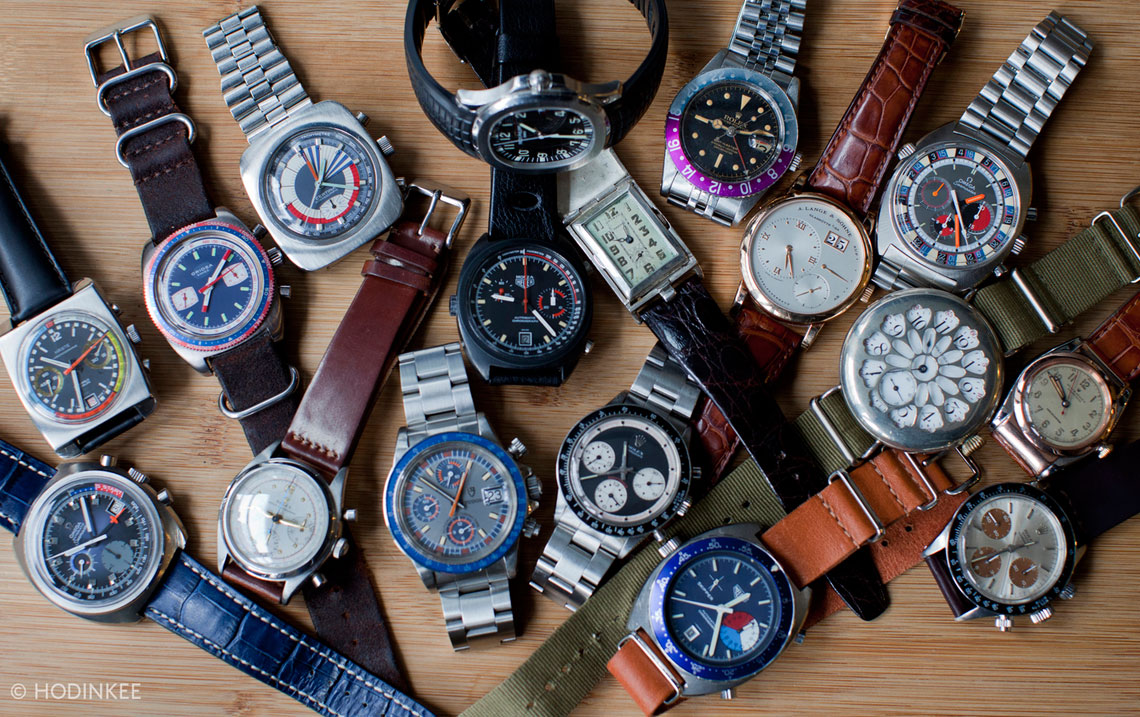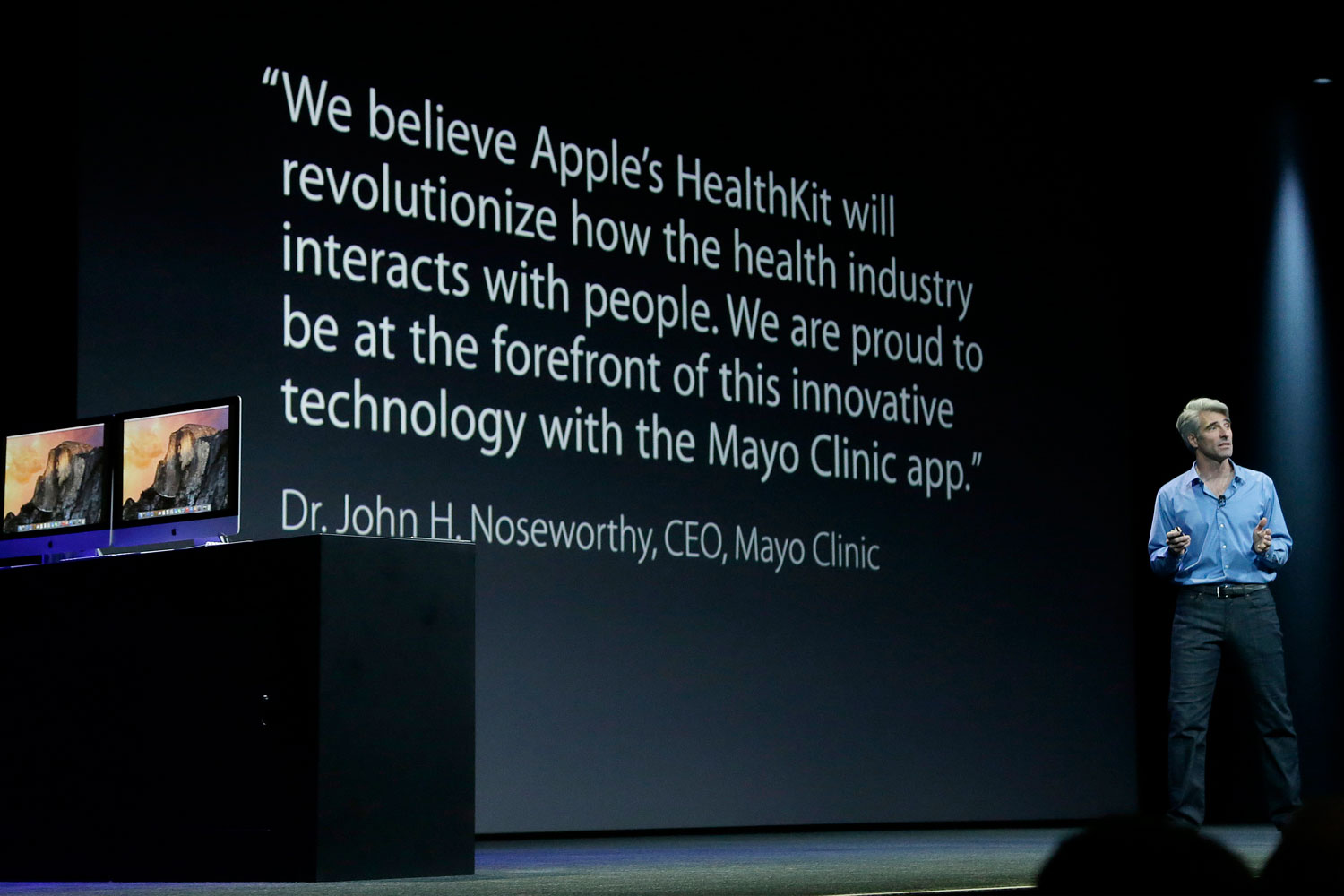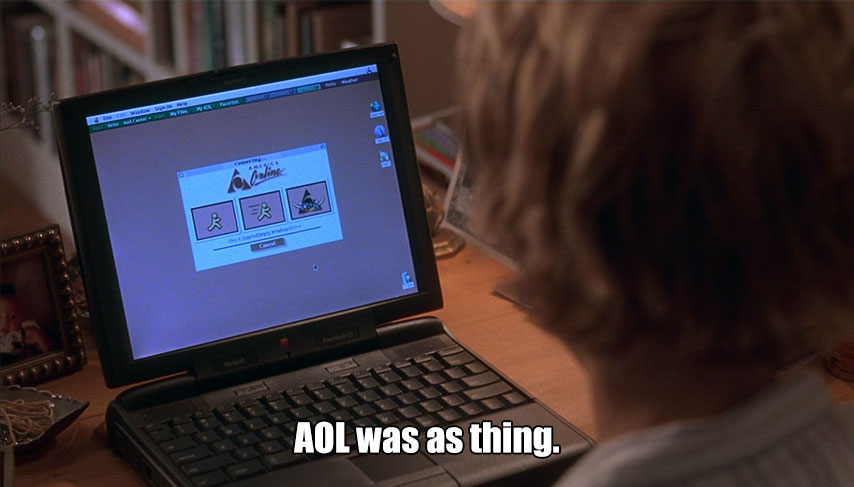
1) AOL was a thing and people actually looked forward to email.
The film is a time capsule of dial-up Internet that most of us have forgotten. It was a hassle to get online, but email was cool.
Meg Ryan’s character reminds us just in case we forgot:
“I turn on my computer. I wait impatiently as it connects. I go online and… my breath catches in my chest until I hear three little words: You’ve Got Mail. I hear nothing. Not even a sound on the streets of New York. Just the beat of my own heart. I have mail, from you!”
One more ironic thing here. YOU HAD TO SIT DOWN FOR THE INTERNET. Today, you can be online wherever you go. But not in the 1990s. It all happened while seated at desks.

2) Because there was no social media, almost everyone online was anonymous.
Today you can get to know someone pretty well within 10 minutes on Google and Facebook.
So this whole problem of “not knowing someone” has almost entirely gone away. Of course, you can always choose to remain anonymous on the web (see comments sections on major news websites), but anonymity is not baked into the web.

3) They wasted witty insight on a stranger.
Can we talk about those witty emails? Today, those lovable insights wouldn’t get wasted on a stranger on the other end of an email.
This is social media gold. Think of Meg Ryan’s email, but today as a Facebook post:
“Once I read a story about a butterfly in the subway, and today I saw one. It got on at 42nd and off at 59th, where I assume it was going to Bloomingdale’s to buy a hat that will turn out to be a mistake. As almost all hats are.”
This is the kind of status update that electrifies social media. It makes you famous and important. Beloved!
If it were possible to remake the film in the modern era, it’s more likely that our two heroes would meet one another by way of a retweet.

4) The greatest threat to workplace productivity was the card game Solitaire.
So you mean there was an era of computing when there was just one distraction from work?
Today there are ten million distractions from work. You can play 1000s of games in your web browser or on your phone? Why not spend all afternoon on YouTube? Buzzfeed? Facebook? Funny GIFs and memes?
Ironically, some of the great “distractions from work” have now become critical to the success of an organization. Look at Twitter! What started as a brain-zapping stream of fodder has become a major platform for a company’s leaders to shine. Plus, an entry-level staffer with 50,000+ followers is hard to ignore when it comes time for a promotion.
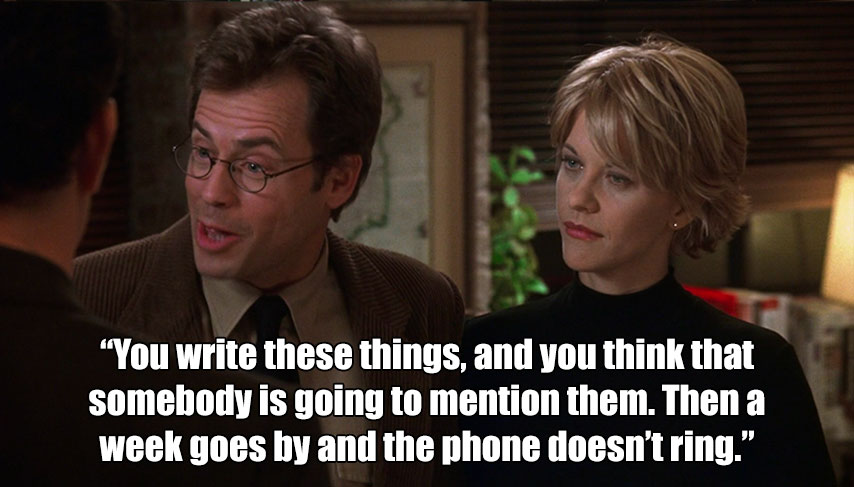
5) Journalists didn’t get feedback on their articles for a week.
Today they get feedback within seconds. Within minutes, they are in Twitter conversations with lovers and haters.
Journalism today has been reshaped entirely by a new kind of popularity game. It’s a game influenced by factors of popularity, social velocity, and baiting clicks. A new era with new problems.
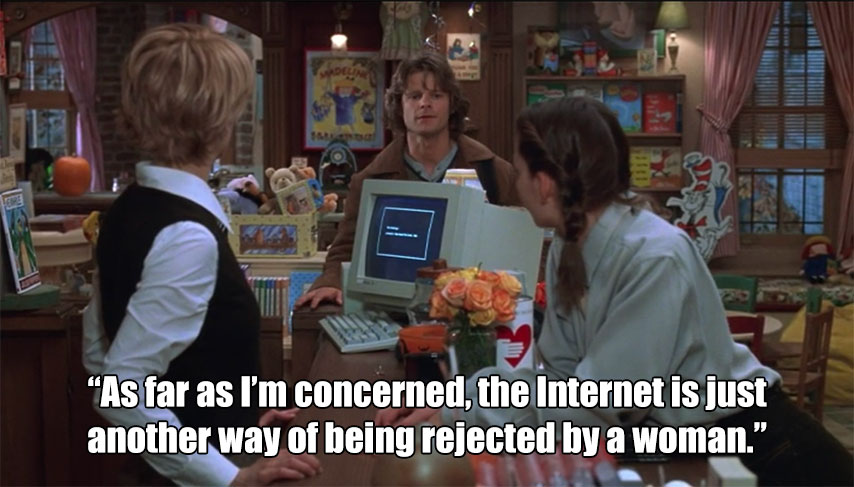
6) The Internet is just another way of being rejected by women.
This is not ironic. It is true. This man is a prophet.
That is all.

7) The local, independent bookshop owner adored Starbucks.
But didn’t Starbucks put all the indy coffee shops out of business?

Tom Hanks’s line was true in 1998, and it’s true today:
“The whole purpose of places like Starbucks is for people with no decision making ability whatsoever to make six decisions just to buy one cup of coffee. Short, tall, light, dark, caf, decaf, low-fat, non-fat, etc. So people who don’t know what the hell they’re doing or who on earth they are, can, for only $2.95, get not just a cup of coffee but an absolutely defining sense of self: Tall! Decaf! Cappuccino!”
The biggest difference is that a cappuccino will cost you $4.95 and it’s no big deal to throw out a complicated order. It’s just what we do.

8) Brooklyn was failing.
1998: You could be unemployed and live in Brooklyn. Imagine that!
2016: You can be an elite white-collar worker and Master of Linkedin and still cannot afford to live in Brooklyn.
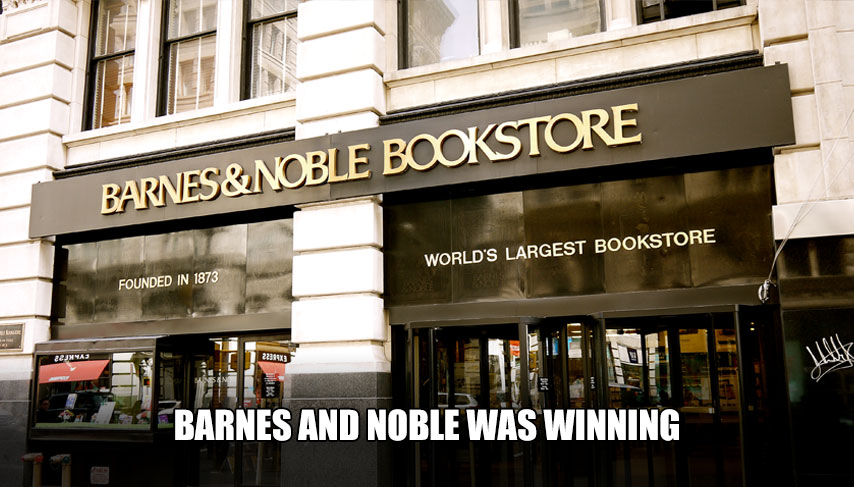
9) Barnes & Noble was winning.
Then Amazon.com came along and sold more books for cheaper. THE END.
There was a time when Barnes & Noble (aka Fox and Sons Books in the film) could make no mistakes. There were a handful of locals who would, in the words of Tom Hanks: “Picket the big bad chain stores that are out to destroy everything they hold dear.” But for the most part, didn’t everyone else on the planet adore B&N? It was a perfect Saturday afternoon. It was a fun addition to any neighborhood.
Today, B&N’s stock is trading at 1/3 of its worth when “You’ve Got Mail” was in theaters. I haven’t been inside a B&N in several years. It’s a shell of what it used to be.
It’s easy to point out Amazon as the B&N killer, but I wonder if it’s something much bigger than that. Books have value in our culture, but it’s not the primary method by which we transfer knowledge, tell stories, or record our history.
If you want evidence, look at Amazon. Why did they so quickly move beyond books? Or, to put it another way, would Amazon still be around today if all it did was peddle just books at a lower price than B&N?
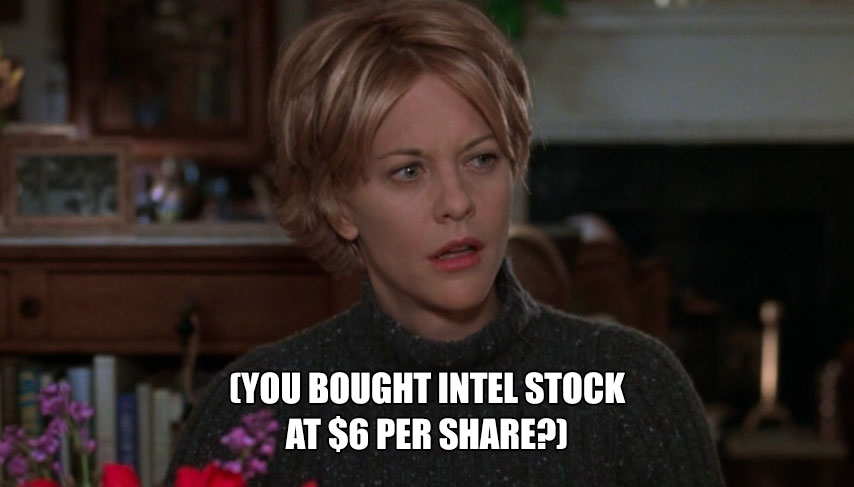
10) The best investment was Intel Corporation.
But what if she invested in Amazon or Starbucks instead?
There’s a fun scene where Meg Ryan’s character is trying to make sense of life since (spoiler alert) she closed her book shop. Her elderly friend named Birdie is proud to offer her money to help her through. She’s feeling generous because in her words: “I am very rich. I bought Intel at $6.”
If you check the historical stock price of Intel Corporation, the stock was up to $20 per share in 1998, which means that Birdie more than tripled her money. Not bad. But what if Birdie had invested elsewhere?
For fun, I compared four companies relevant to the film. What if someone would’ve invested $10,000 in any of those four companies? What would it be worth today?
- If you invested in Barnes & Noble, we already know that you would’ve lost most of your money.
- If you invested in the Starbucks Coffee that set up camp inside every B&N, your $10k would now be over $150k.
- If you invested in Amazon.com, the online bookseller who would wipe out B&N, you would be sitting on $8600,623 today.
- If you invested in AOL? I’m not going to waste my time looking it up. It’s over, people.
Trivia: In 1998, you could buy a share in Starbucks for about $3, or for the same price as a latte. Today, that same share is worth $58.21.
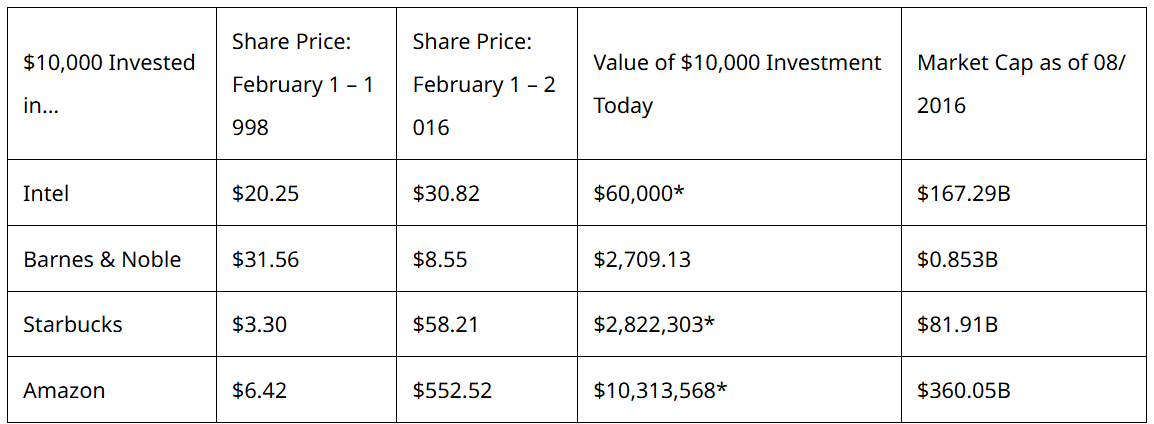
* Values adjusted for stock splits.
